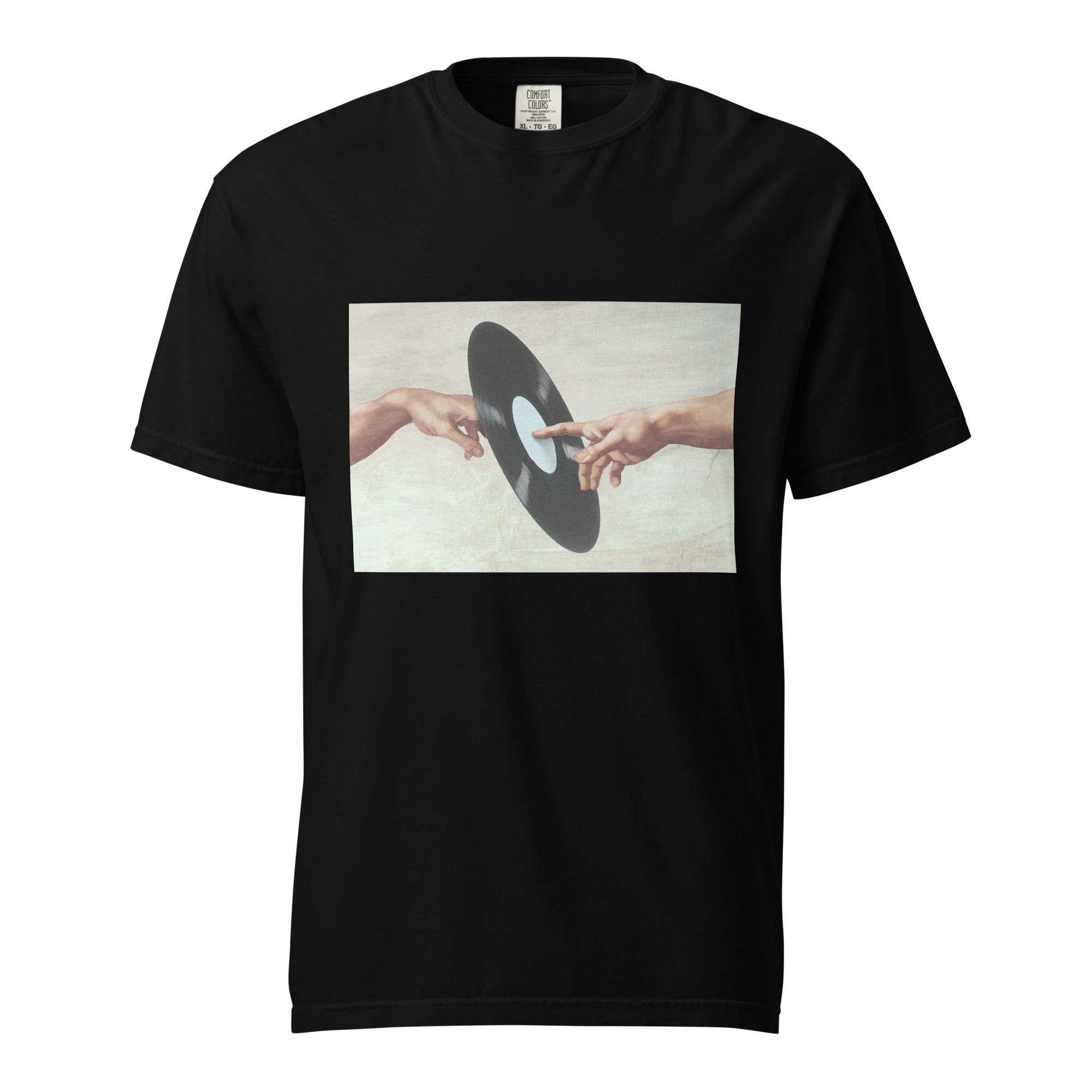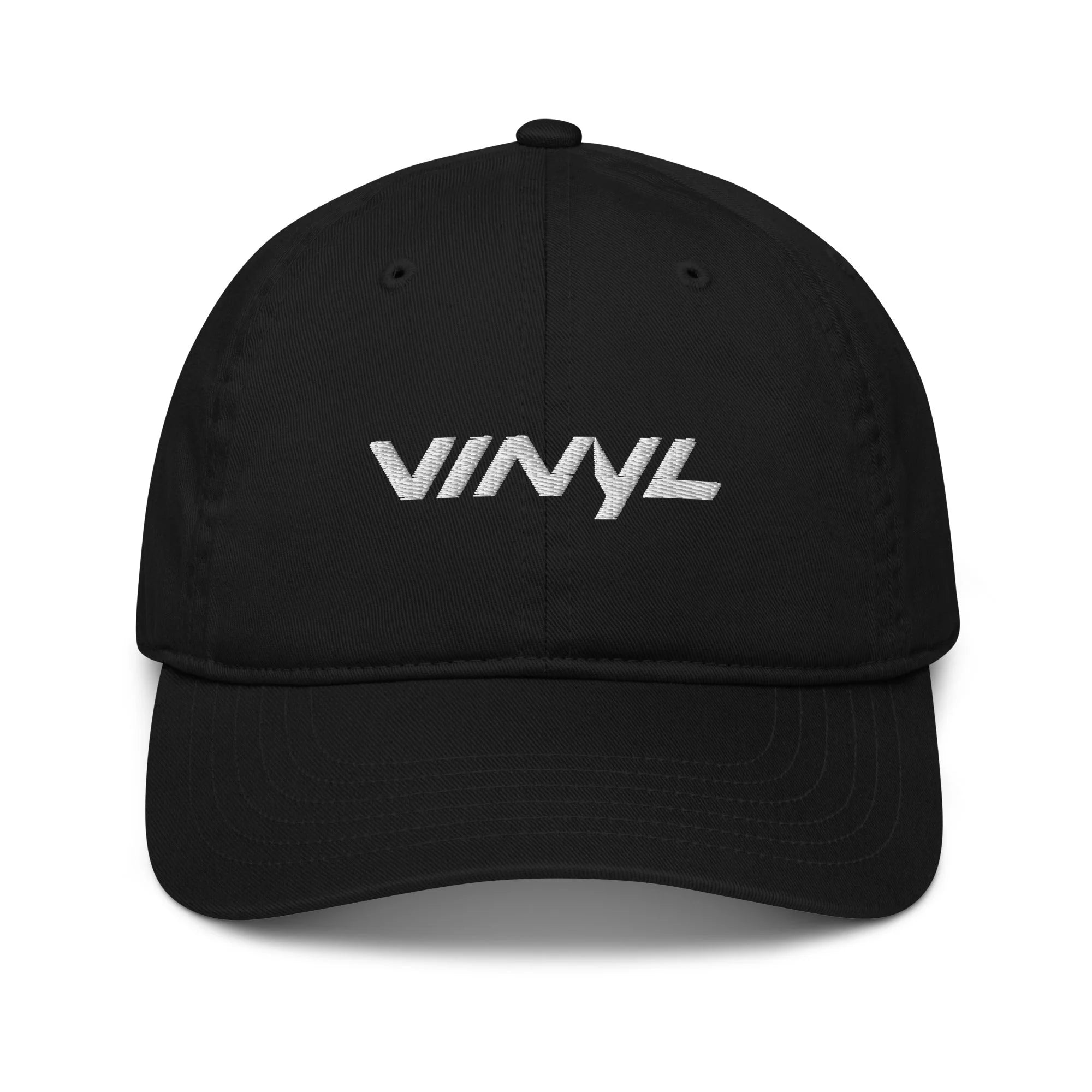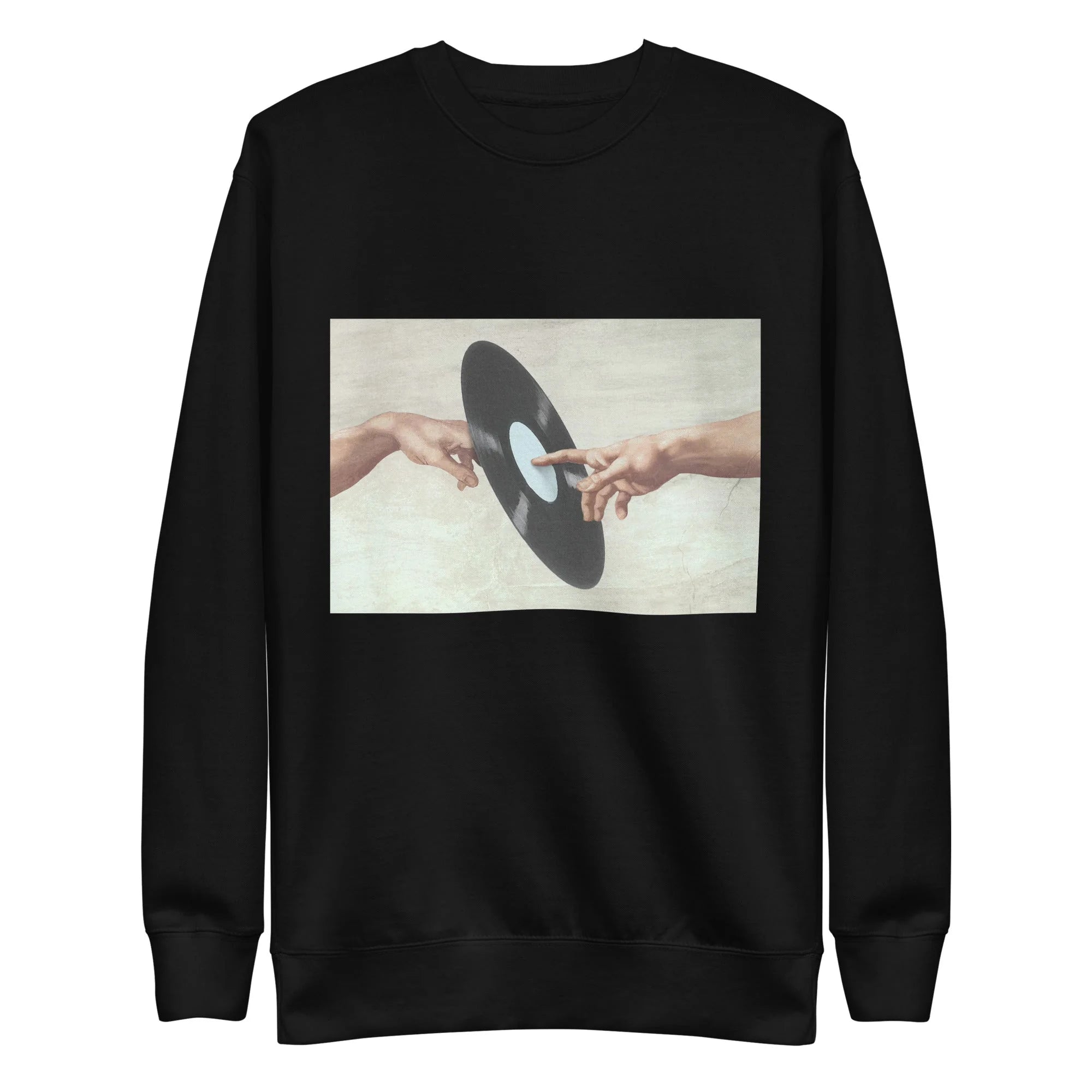The 1960s were a transformative era, not just in terms of social change and political upheaval, but also in the evolution of music. The decade introduced the world to sounds that had never been heard before, blending genres and experimenting with new recording techniques. This musical revolution was captured on popular vinyl records of the 1960s, which have since become treasured items for collectors and music enthusiasts alike. The warm, rich sounds of vinyl bring listeners closer to the music of the era, offering a tactile and auditory experience that digital formats struggle to match. Collecting these vintage records is not just about owning a piece of history; it's about preserving the unique sound quality and emotional connection that comes with dropping the needle on a classic 1960s vinyl.

1960s Vinyl Record Collections
Curated selections of vinyl records released during the 1960s, presenting a range of albums representative of the decade.
Rock Revolution
The 1960s were a decade where rock music came into its own, characterized by groundbreaking albums that challenged societal norms and pushed the boundaries of what music could be. Albums like The Beatles' "Sgt. Pepper's Lonely Hearts Club Band" and The Rolling Stones' "Let It Bleed" exemplified the era's spirit of experimentation and rebellion. These popular albums on vinyl were not just collections of songs; they were cohesive works of art that told stories, conveyed messages, and created atmospheres. The raw energy and innovative guitar riffs captured on these records helped to define the rock genre, influencing countless bands and artists that followed. For anyone looking to explore the roots of rock music, these albums are essential listening and top picks for 1960s music vinyl.
Soul and Motown
Soul and Motown records were the heartbeat of the 1960s, providing a soundtrack to the civil rights movement and bringing the African American experience into the mainstream music industry. These vintage records are celebrated for their deep, emotive vocals, catchy rhythms, and memorable melodies that resonate as much today as they did over half a century ago. Collecting these albums offers a glimpse into an era where music was a powerful force for change and a universal language of emotion.
Jazz Innovations
The 1960s were a pivotal decade for jazz, with artists exploring new directions that would shape the future of the genre. Albums like Miles Davis's "Kind of Blue" and John Coltrane's "A Love Supreme" broke away from traditional jazz structures, introducing improvisational styles and complex rhythms that challenged the listener's expectations. These records are not just classic 1960s vinyls. They are milestones in the evolution of jazz, encapsulating the spirit of innovation and creativity that defines the genre. For collectors and enthusiasts, these albums represent the pinnacle of jazz's exploration into new sonic territories, making them the best vinyl records to collect for those interested in the genre's rich history.
Pop Sensations
The 1960s pop scene was dominated by catchy tunes and charismatic performers, with albums that became the soundtrack to a generation's youth. The Beatles alone released a series of albums that transformed the landscape of popular music, but they were just one part of a vibrant scene that included acts like The Beach Boys, whose "Pet Sounds" album offered complex harmonies and innovative production techniques. These albums were not just hits; they were cultural phenomena that elevated pop music to new heights of artistic credibility.
The Stories Behind the Albums
Making of a Masterpiece
The recording sessions for these iconic 1960s albums were not just about capturing music; they were elaborate creative endeavors that brought together talented musicians, visionary producers, and cutting-edge technology. Studios like Abbey Road became almost as famous as the artists who recorded there, known for their willingness to experiment with multi-track recording, unconventional instruments, and new sound effects. This adventurous spirit is a hallmark of 1960s music, contributing to the unique and enduring quality of the albums produced during this era. These sessions were crucibles of creativity, where artists pushed the limits of what was possible, resulting in records that continue to inspire and captivate listeners decades later.
The Artists: Legends of the 1960s Music Scene
The 1960s music scene was a melting pot of innovation, rebellion, and cultural shifts, with artists that not only defined a generation but also set the stage for future musical evolutions. The decade brought forward legends whose influence transcends time, continuing to inspire artists and fans alike. Here is a closer look at some of these iconic figures:
The Beatles: As emphasized before, The Beatles weren't just a band; they were a phenomenon that swept across the globe, forever changing the landscape of music. With their innovative songwriting, groundbreaking recording techniques, and charismatic presence, they dominated the charts and captured the hearts of millions. From "I Want to Hold Your Hand" to "Sgt. Pepper's Lonely Hearts Club Band," their diverse catalog broke new ground, blending genres and crafting songs that remain timeless. Their impact extended beyond music, influencing fashion, film, and social attitudes, making them an enduring symbol of the 1960s cultural revolution.
Bob Dylan: Bob Dylan emerged as the quintessential singer-songwriter of his time, using his music to weave intricate tales of social and political issues, personal introspection, and a quest for peace. His poetic lyrics and distinctive voice became the soundtrack for civil rights and anti-war movements, earning him the title of the voice of a generation. Dylan's transition from acoustic folk to electric rock was controversial yet groundbreaking, broadening the scope of popular music and influencing countless musicians with his lyrical depth and musical versatility.
Jimi Hendrix: Jimi Hendrix was a revolutionary force in the world of electric guitar, known for his explosive performances and innovative sound. His ability to manipulate feedback, distortion, and effects transformed the electric guitar into an instrument of endless possibilities. Albums like "Are You Experienced" and iconic performances at Woodstock and Monterey Pop Festival showcased his extraordinary talent and reshaped the sound of rock and roll. Hendrix's influence is immeasurable, as he expanded the vocabulary of the electric guitar more than anyone before or since.
Aretha Franklin: Aretha Franklin earned the title "Queen of Soul" for her unmatched vocal talent and the emotional intensity of her performances. Her powerful voice and hits like "Respect" and "Chain of Fools" became anthems of empowerment and love, resonating with audiences worldwide. Franklin's music bridged the gap between gospel and soul, bringing the depth of her church roots to mainstream music with unparalleled grace and power. Her legacy as a pioneer for female artists and an icon of soul music is unquestionable.
The Rolling Stones: The Rolling Stones embodied the raw, edgy spirit of rock music, contrasting with The Beatles' more polished image. With their bluesy rock sound, Mick Jagger's distinctive voice, and Keith Richards' guitar riffs, they created timeless hits like "Satisfaction" and "Sympathy for the Devil." The Stones' rebellious image and musical experimentation made them symbols of the counterculture movement, earning them a place as one of the most enduring and influential bands in rock history.
These legends not only provided the soundtrack for a tumultuous decade but also laid the groundwork for future generations, leaving a legacy that continues to inspire and captivate audiences around the world. The era's impact on music and culture is a testament to the power of creativity and expression, with each artist playing a unique role in shaping the musical landscape of the time and beyond.
Album Art: Visuals That Defined 1960s Aesthetics
Album covers became an art form in their own right, with designs that were as innovative and provocative as the music within. These visuals were not mere packaging but an integral part of the album's identity, often reflecting the themes and mood of the music. These iconic covers showcased the psychedelic and experimental vibe of the time, becoming symbols of the cultural and artistic revolution of the 1960s.

Collecting 1960s Vinyl Records
Tips for Assessing Vintage Record Conditions
Understanding how to assess the condition of vintage records accurately is a fundamental skill for collectors and enthusiasts alike. Below are some essential tips that can help you determine the state of vintage vinyl, ensuring you make informed decisions whether you're adding to your collection or considering a sale:
Visual Inspection: Always start with a thorough visual inspection of the record. Look for any scratches, warps, or other types of damage that could affect playback. Minor scratches might cause pops and crackles, significantly detracting from the listening experience, while warps could render the record unplayable. A careful examination under good lighting can reveal issues that might not be immediately obvious, helping you avoid costly mistakes.
Sleeve Condition: The condition of the album cover and inner sleeve is just as important as the vinyl itself, especially for collectors. Signs of wear, tear, or water damage can greatly diminish a record's collectible value. Additionally, the artwork and any unique features of the sleeve (like lyric sheets or posters) contribute to the overall appeal and value of the record.
Label Condition: The center label can tell you a lot about a record's history. Look for spindle marks, which are small wear patterns around the center hole, indicating how frequently the record was played. Fading or other damage to the label can also suggest mishandling.
Sound Quality: Whenever possible, listening to the record is the most direct way to assess its quality. This step allows you to identify issues that visual inspections might miss, such as background noise, skips, or inconsistent sound quality. Testing the record on a quality turntable will give you the best sense of its condition and whether it meets your standards for listening.
Grading System: Becoming familiar with the grading system commonly used by collectors and sellers (Mint, Near Mint, Very Good, etc.) can help you better understand the condition of a record at a glance. This system provides a standardized way to describe the condition, making it easier to communicate with sellers and evaluate potential purchases. Knowing the nuances of each grade can also aid in accurately assessing the value of a record.
By applying these tips, collectors can enhance their ability to select high-quality vinyl, ensuring a satisfying listening experience and maintaining the value of their collections. Whether you're a seasoned collector or new to the world of vinyl, understanding how to assess record condition is key to building a collection you're proud of.
Preserving Your 1960s Vinyl Collection
To maintain the integrity and longevity of your 1960s vinyl records, proper care and storage are imperative. This involves keeping them away from direct sunlight, which can warp the vinyl, and storing them vertically to prevent pressure damage. Additionally, using protective inner sleeves can safeguard the records from dust and scratches, while regular cleaning with a soft, anti-static brush or a dedicated record cleaner can help maintain optimal sound quality.
Buying and Selling 1960s Vinyl Online
Platforms for Vintage Records
Navigating the online marketplace for vintage records has become a seamless experience thanks to a variety of dedicated platforms. These websites and apps cater specifically to the needs of music collectors, offering an expansive selection of 1960s music vinyl from sellers around the world. They provide a virtual meeting ground for enthusiasts to exchange, buy, and sell records, ranging from well-known classics to rare and obscure releases. When you buy vinyl records online, the convenience of it allows collectors to find specific albums they’ve been searching for without leaving their homes, while also offering the opportunity to discover new music.
Pricing of 1960s Vinyl Records
The price of vinyl records from the 1960s can vary widely, reflecting a combination of rarity, artist popularity, condition, and pressing details. Entry-level collectors may find common titles or later reissues priced as low as $10–$30, making it possible to enjoy the era’s music without a significant investment. In contrast, original pressings of iconic albums can command prices ranging from $100 to several thousand dollars, particularly if the record is in near-mint condition and includes original artwork or inserts. Factors such as limited edition releases, unique cover art, mono versus stereo pressings, and label variations can further influence value. Additionally, records professionally graded and authenticated by reputable dealers often fetch higher prices due to the assurance of quality. Ultimately, the market for 1960s vinyl records offers options for both budget-conscious enthusiasts and serious collectors, with affordability largely determined by the interplay among demand, scarcity, and each record's physical condition.
Avoiding Common Pitfalls in Online Transactions
When you buy and sell vinyl records online, it comes with its own set of challenges. To avoid common pitfalls, collectors should thoroughly read descriptions, examine photos, and ask sellers for additional details or verification when needed. Being cautious about deals that seem too good to be true can help prevent falling for scams or receiving counterfeit items. Utilizing platforms with secure payment systems and buyer protection policies also adds a layer of safety to transactions, ensuring that both parties are satisfied with the exchange.
Ensuring Authenticity and Quality
Familiarizing oneself with the distinguishing features of original pressings, such as matrix numbers and label variations, can aid in verifying authenticity. Reading reviews and ratings of sellers can also provide insight into their reliability and the quality of their records. When in doubt, seeking advice from more experienced collectors or requesting additional information from sellers can help ensure that the vinyl records added to one’s collection are genuine and of the desired quality.

Encouraging a new generation to explore and cherish must-have 1960s music vinyl is vital for sustaining the vinyl collecting culture. Introducing young music fans to the joys of vinyl can ignite a passion for tangible music formats and a deeper appreciation for the craftsmanship behind album production. Through education, community events, and shared listening experiences, we can pass on the knowledge and enthusiasm for vinyl collecting, fostering a continuum that bridges generations. Shop iconic 1960s records and timeless classics that bring the spirit of the era to life on your turntable at Vinyl.com. By doing so, we ensure that the art of collecting and the legacy of the 1960s' groundbreaking music are preserved and celebrated for many years to come.
Sources:
Frith, S.Rock as a reflection of social and cultural change. In Encyclopædia Britannica. https://www.britannica.com/art/rock-music/Rock-as-a-reflection-of-social-and-cultural-change
Vinyl. The best vinyl records of the 1960s: Our top picks. https://vinyl.com/blogs/blog/the-best-vinyl-records-of-the-1960s-our-top-picks

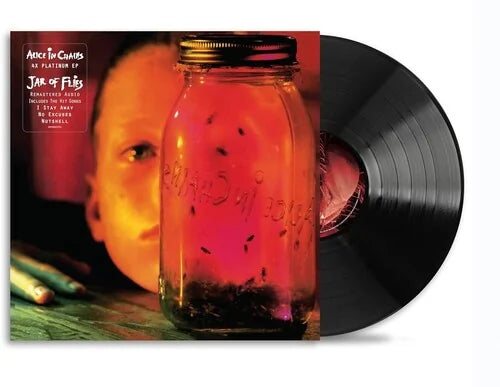
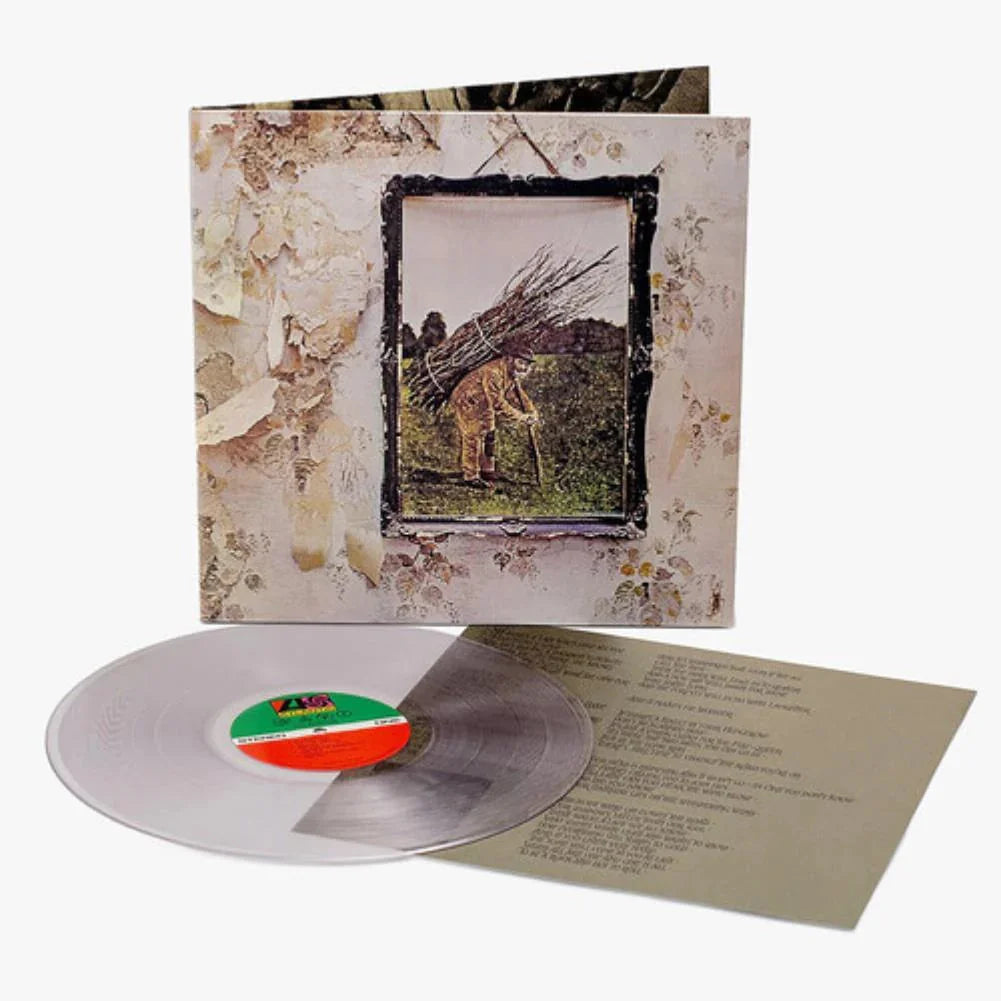
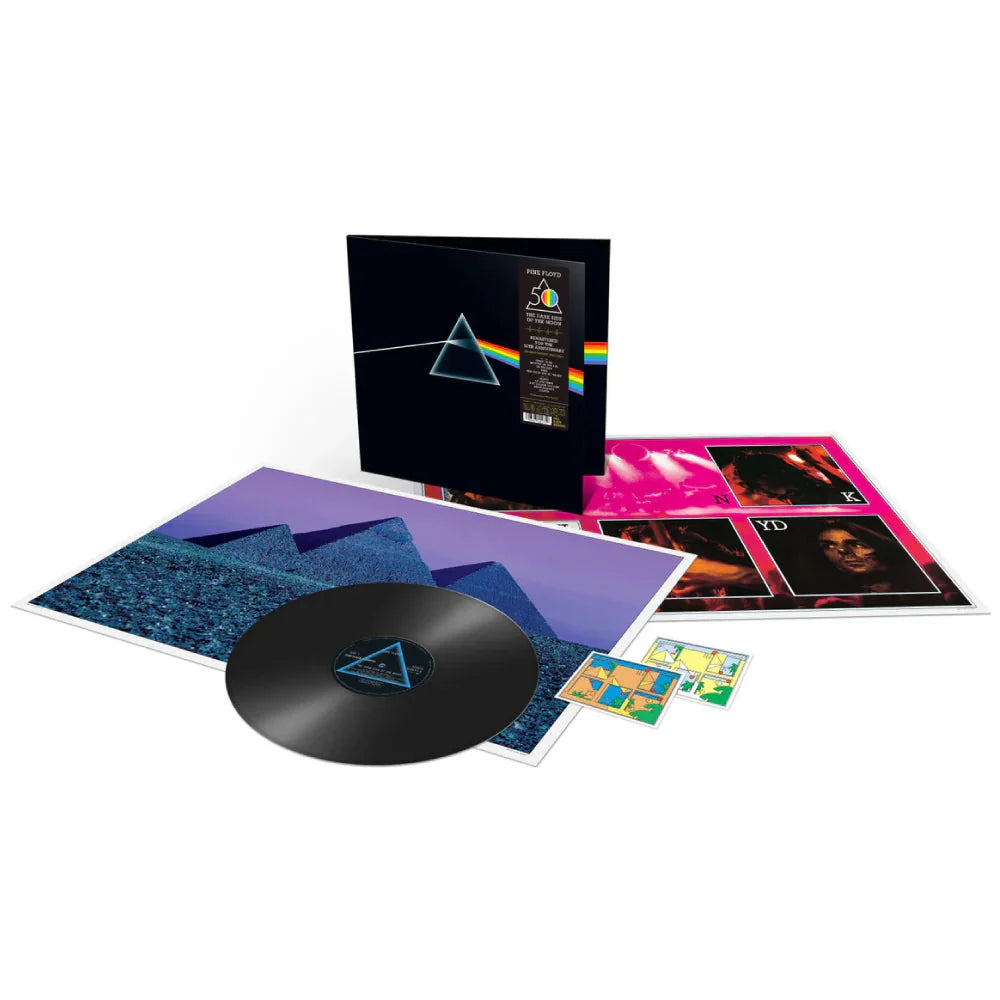
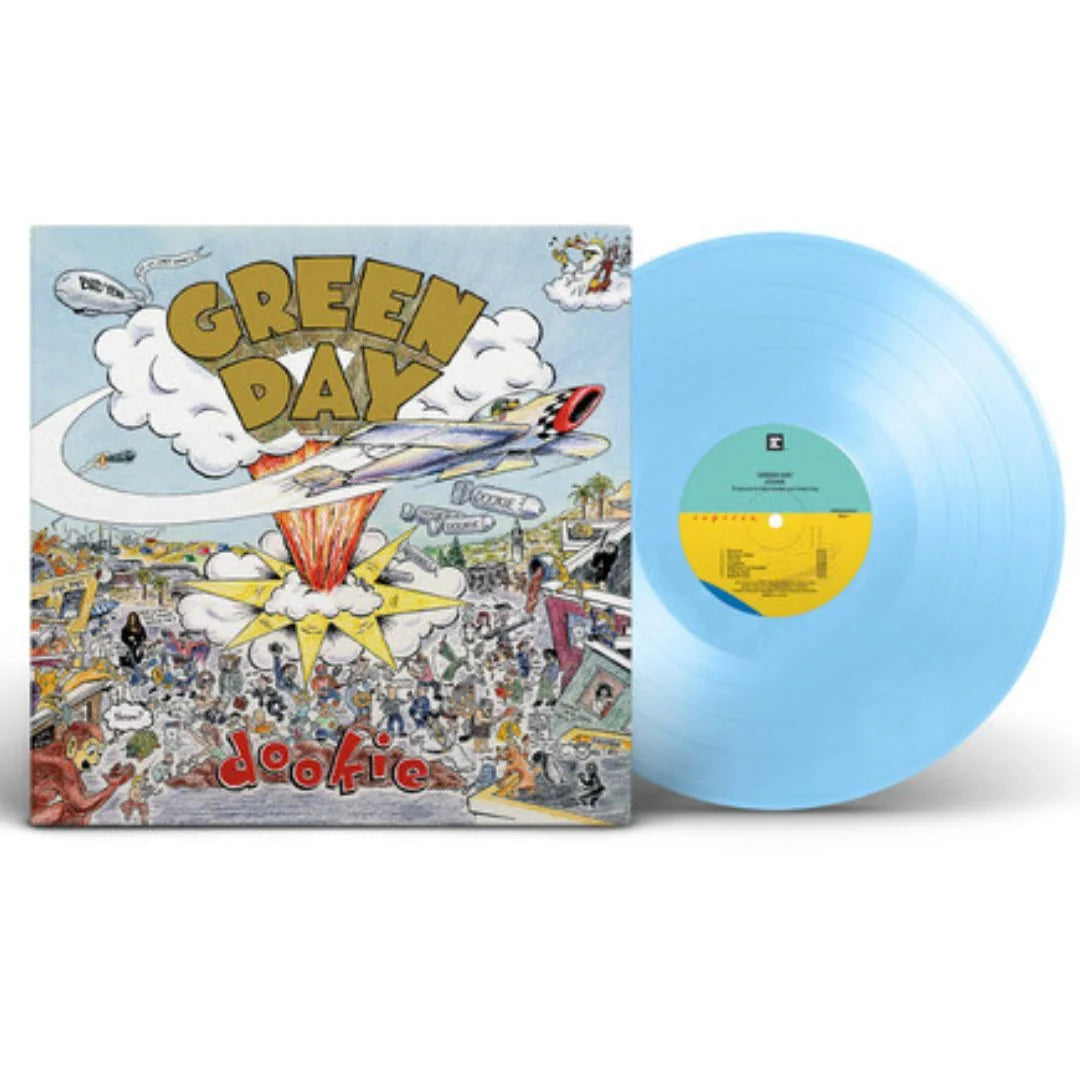
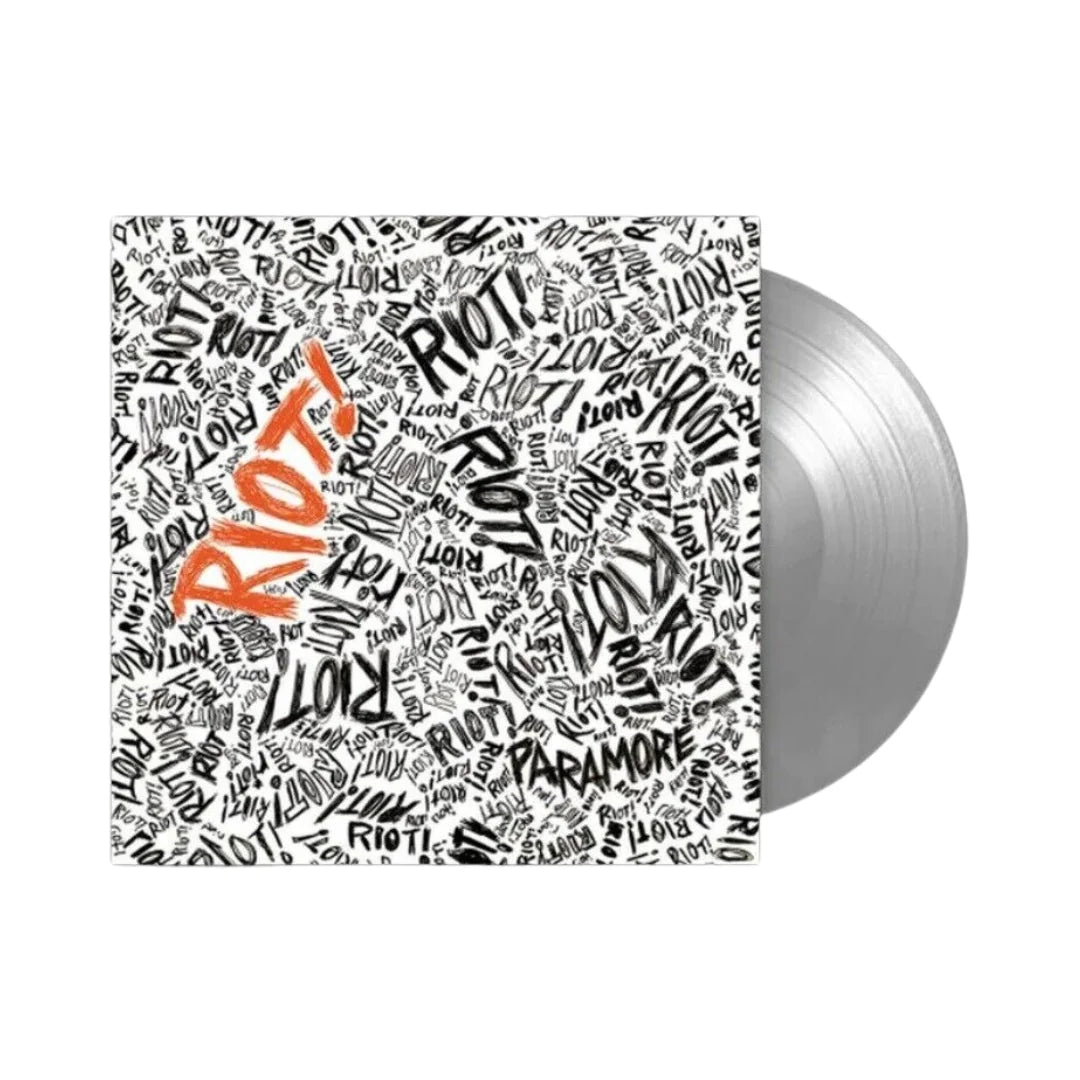
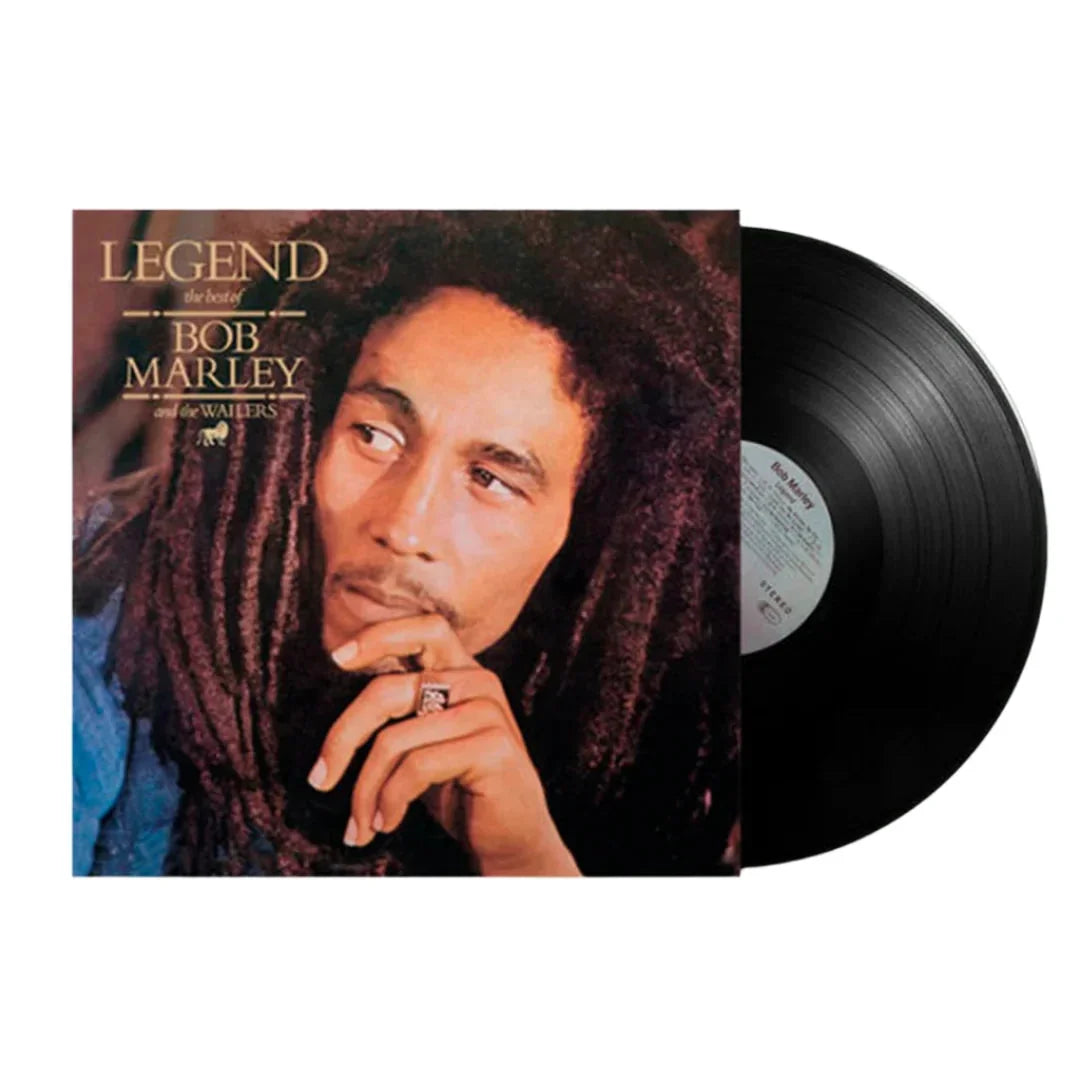
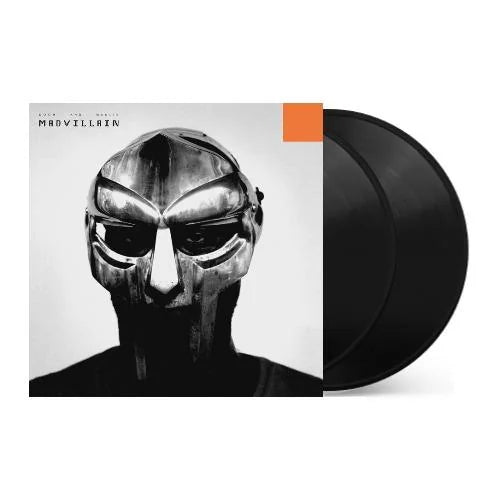
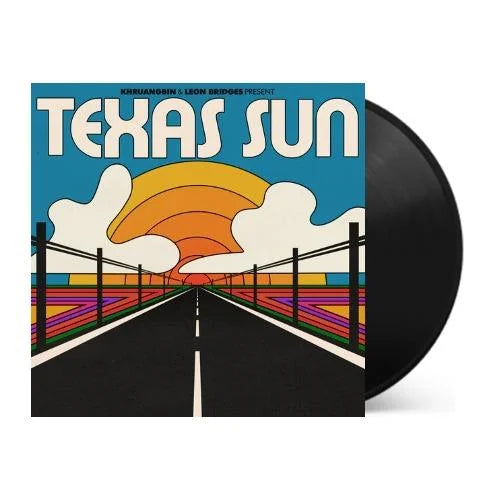
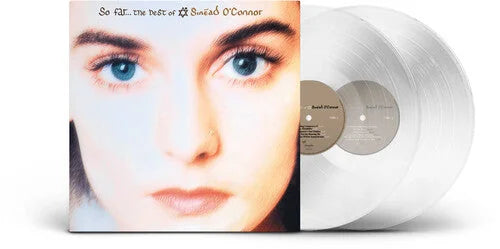
![The Grateful Dead - The Music Never Stopped [6LP Box Set]](http://vinyl.com/cdn/shop/files/The_Grateful_Dead-The_Music_Never_Stopped__6LP_Box_Set.jpg?v=1747729623&width=5760)
![The Grateful Dead - Madison Square Garden, New York, NY 3/9/81 (2023 Rocktober Edition) [5LP Box Set]](http://vinyl.com/cdn/shop/files/4247396-3042523.jpg?v=1758034700&width=5760)
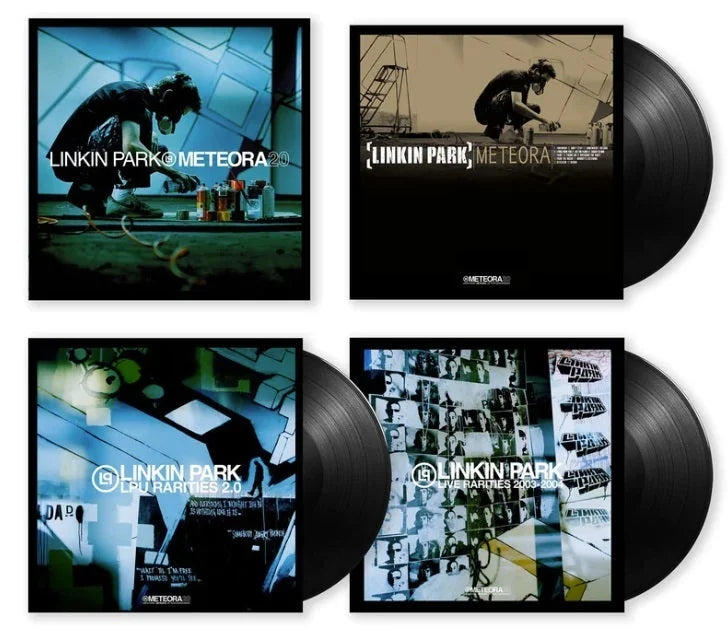
![Sufjan Stevens - Songs For Christmas [5LP Box Set]](http://vinyl.com/cdn/shop/files/3576666.jpg?v=1684195276&width=5760)
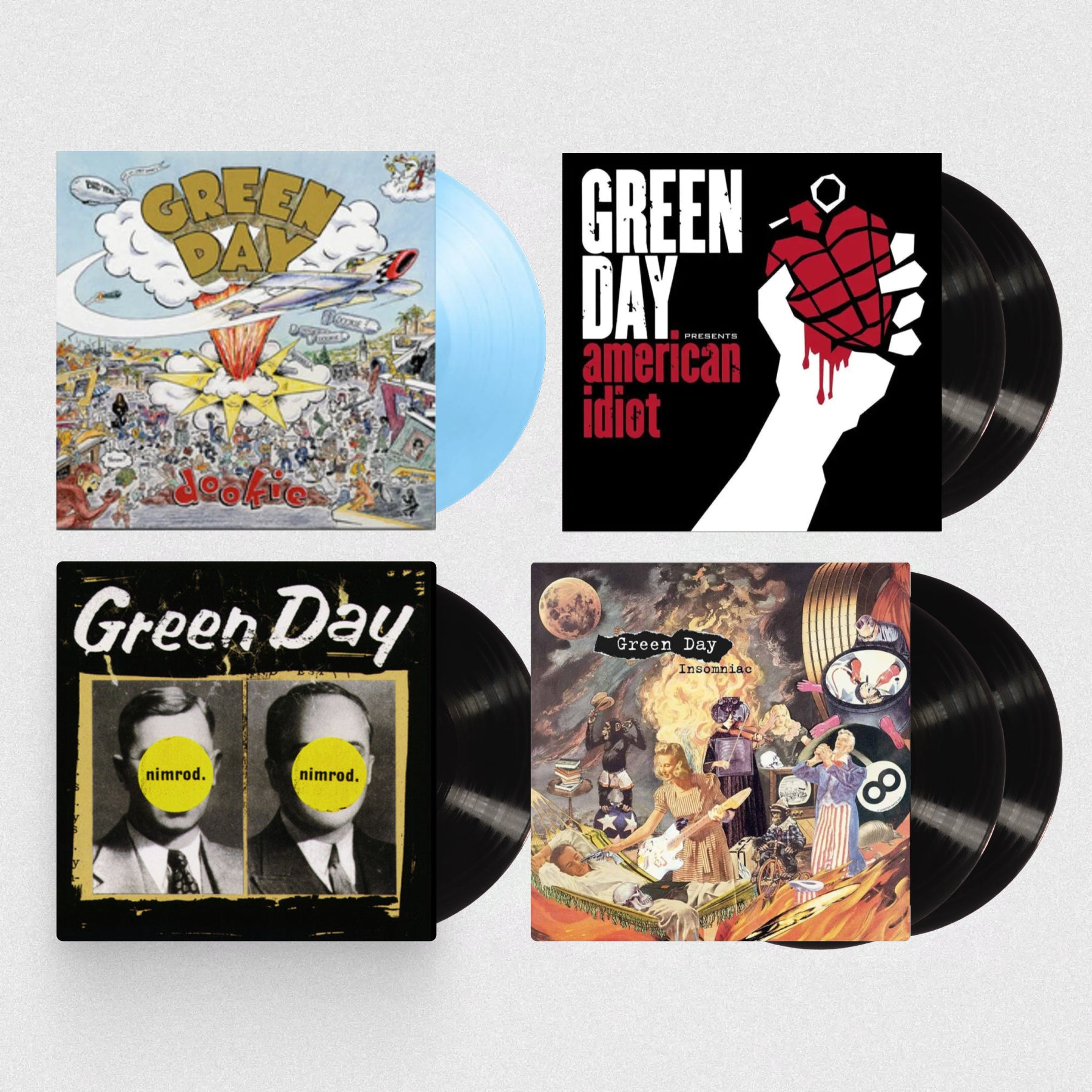
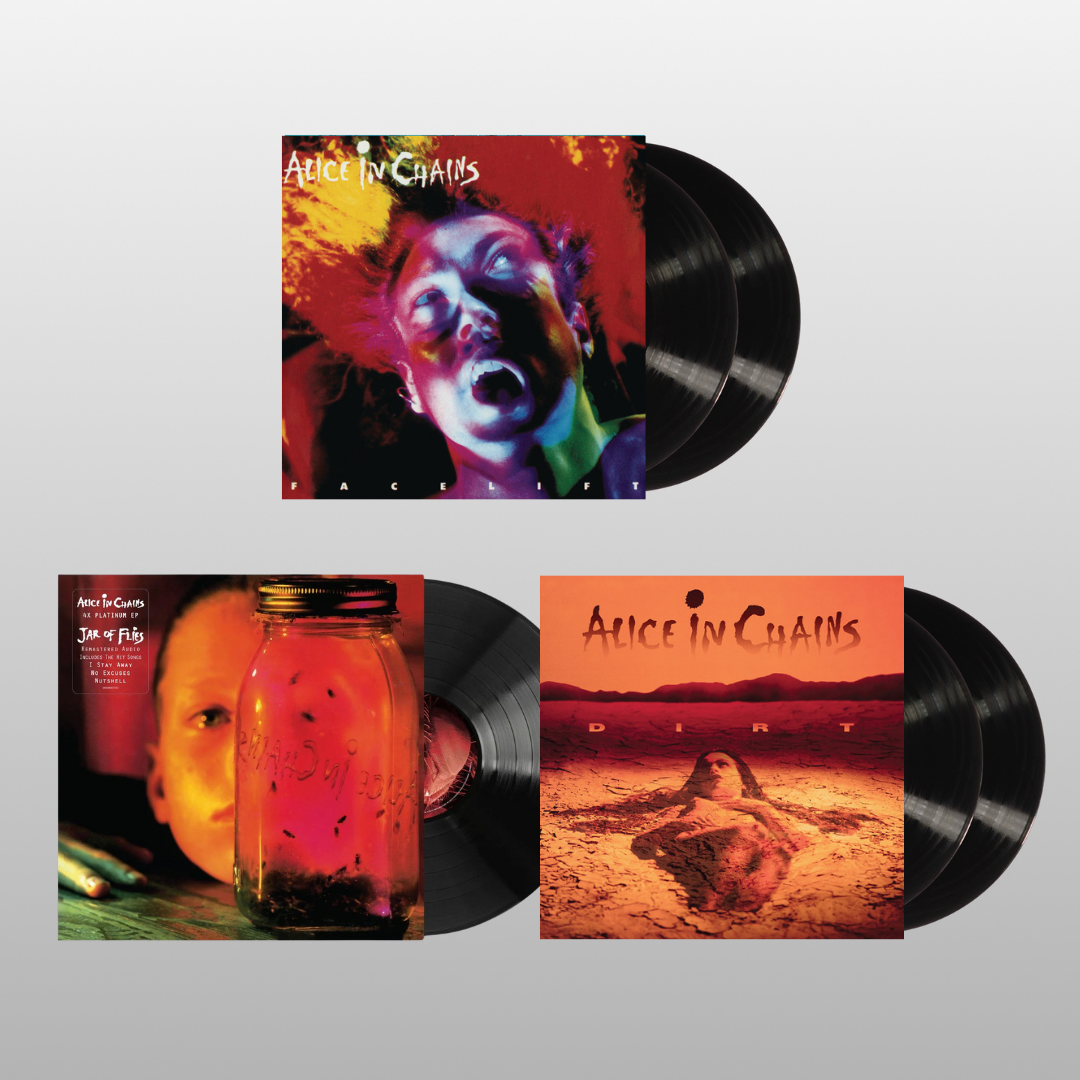
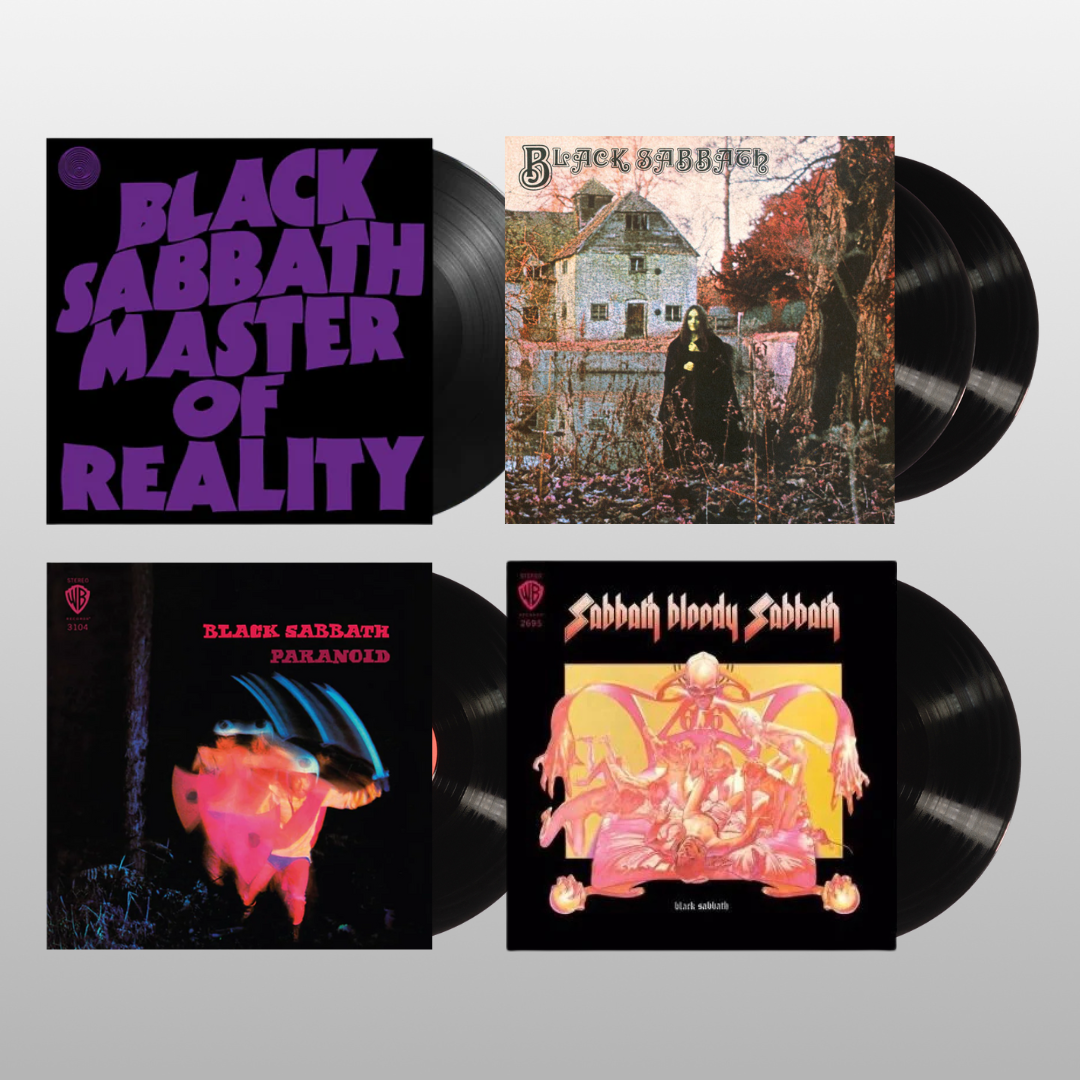

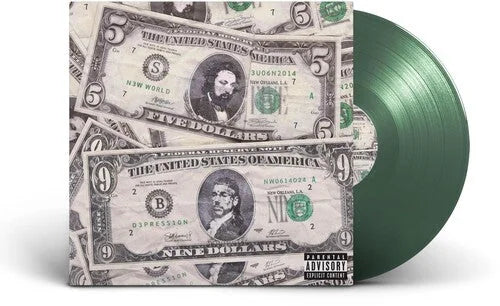
![$Uicideboy$ - Thy Kingdom Come [Clear]](http://vinyl.com/cdn/shop/files/4435583-3407920.jpg?v=1754460746&width=5760)
![(hed) p.e. - New And Improved [Pink]](http://vinyl.com/cdn/shop/files/4425252-3389420.jpg?v=1746578880&width=5760)
![1 Locate S - Wicked Jaw [Sky Blue]](http://vinyl.com/cdn/shop/files/4217742-2982879.jpg?v=1693273095&width=5760)
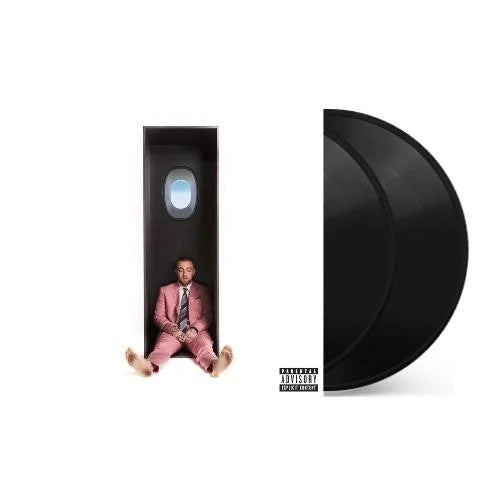
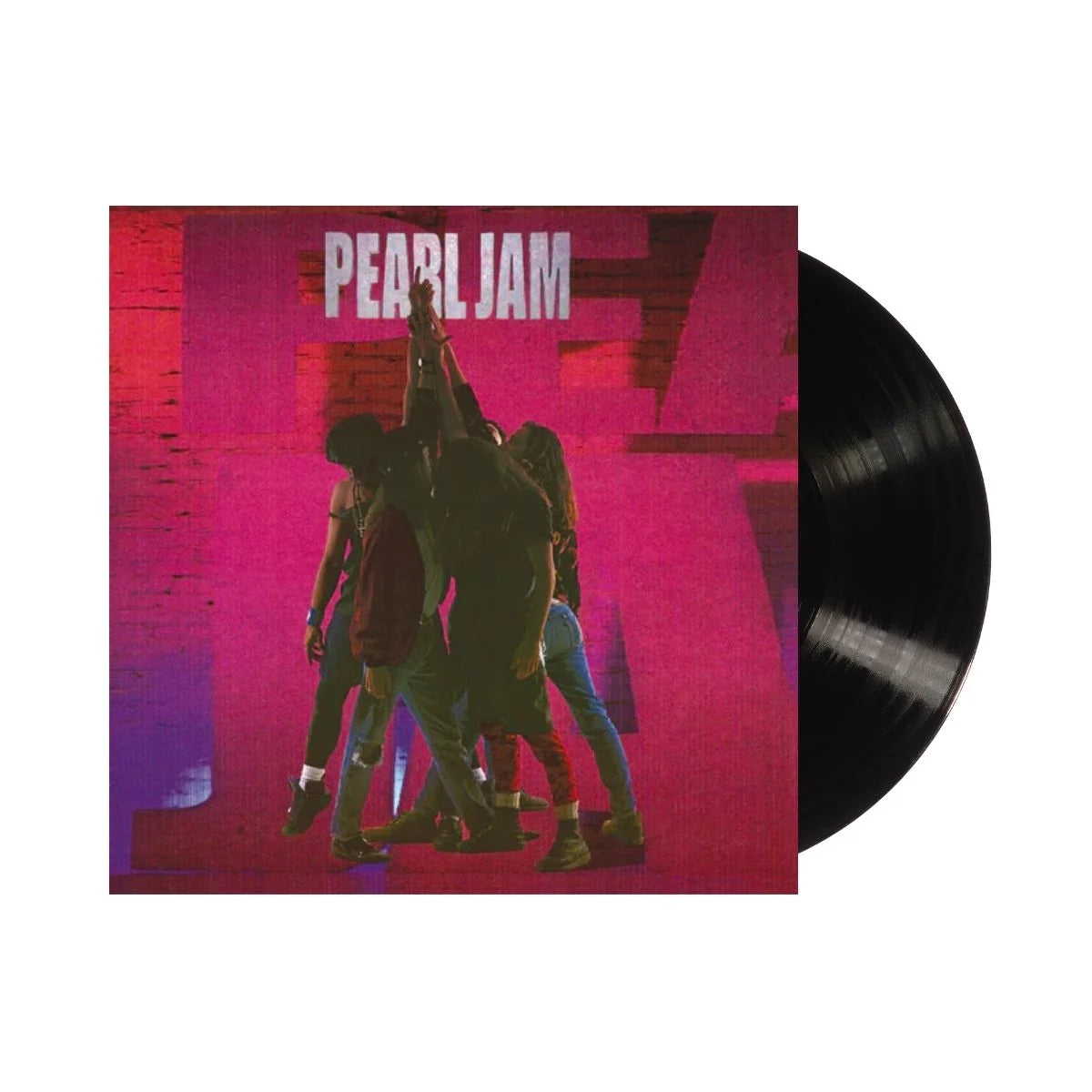
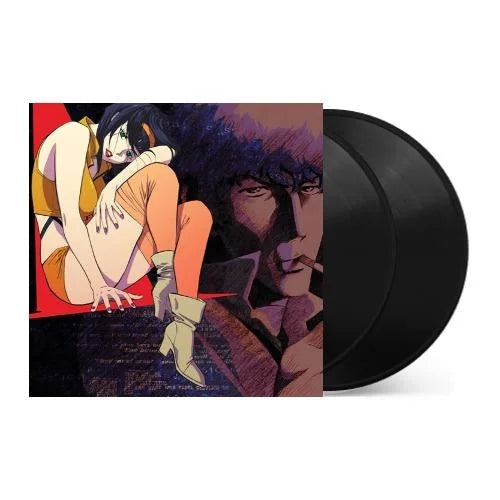
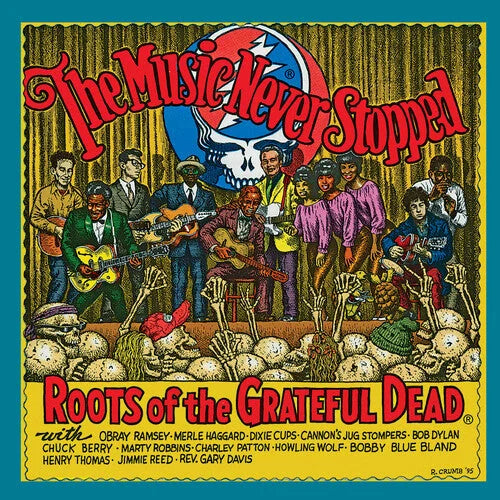

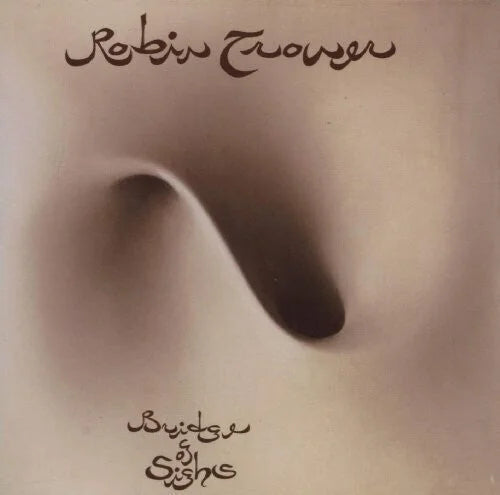
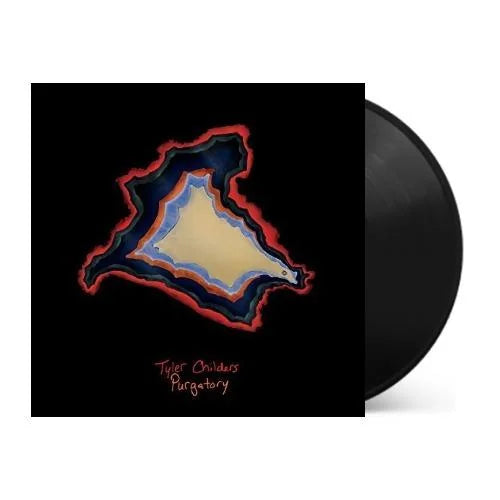
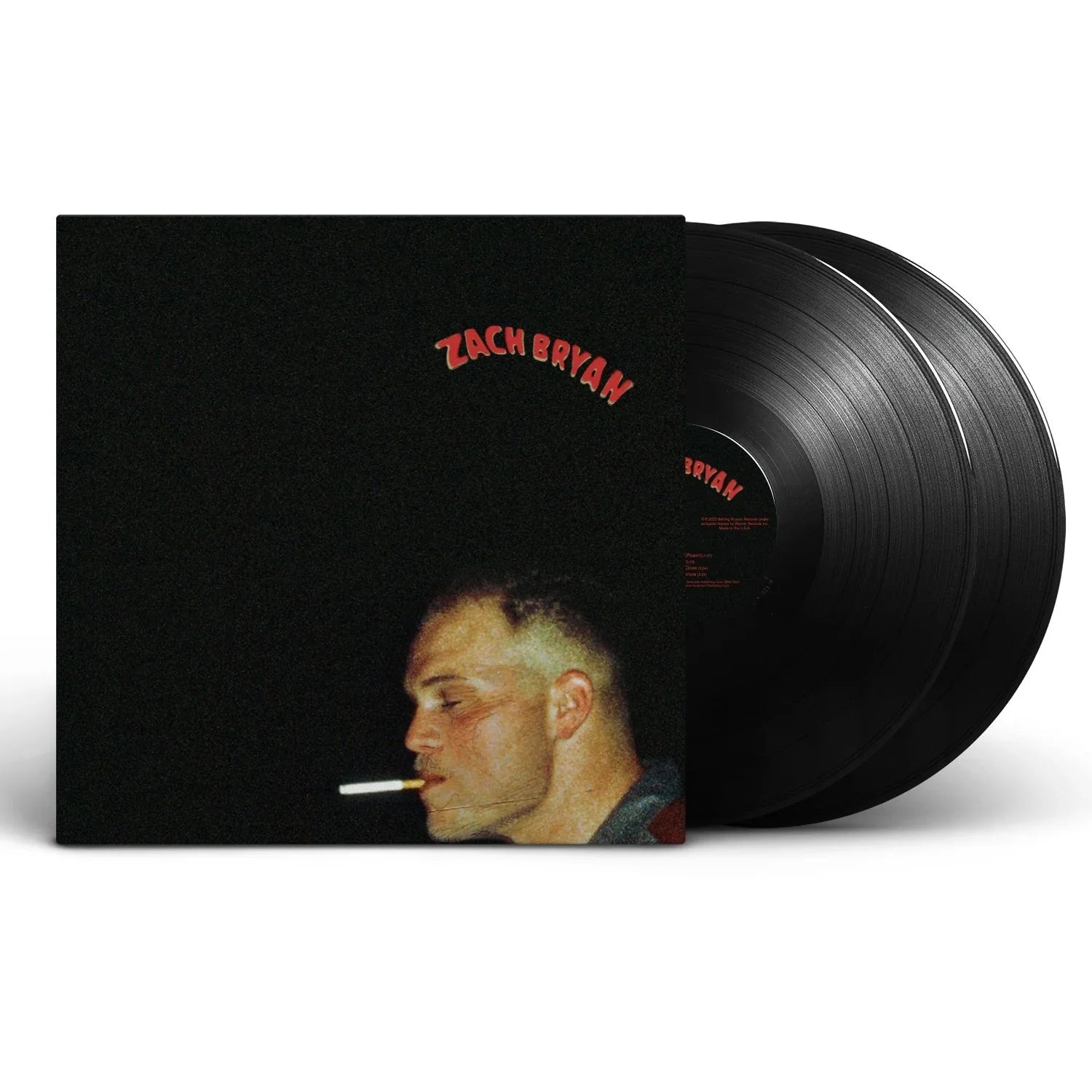
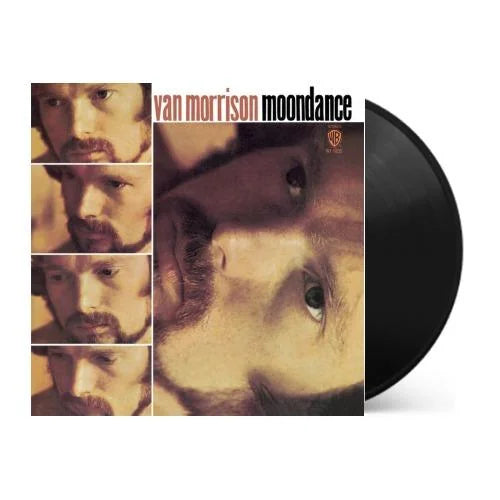
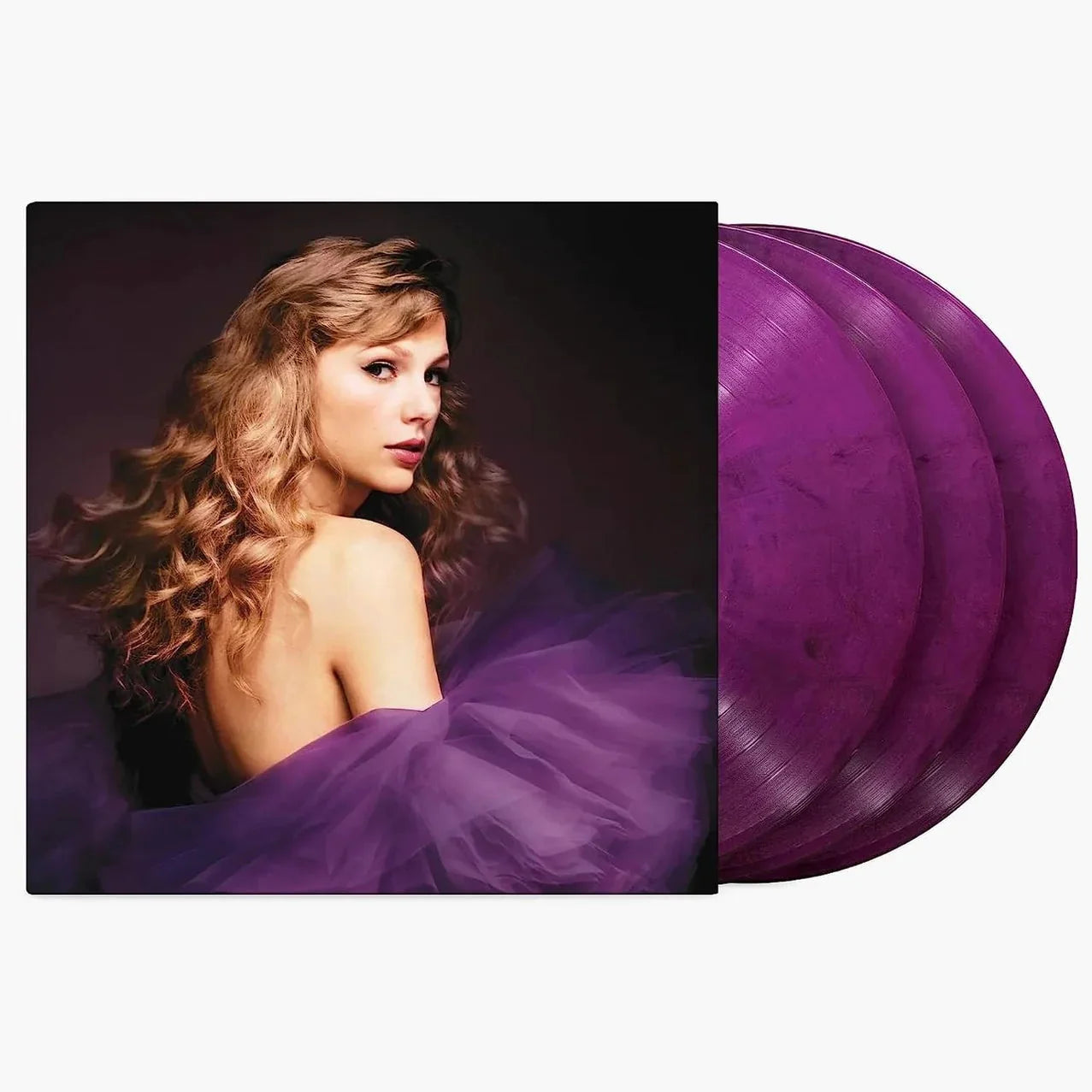
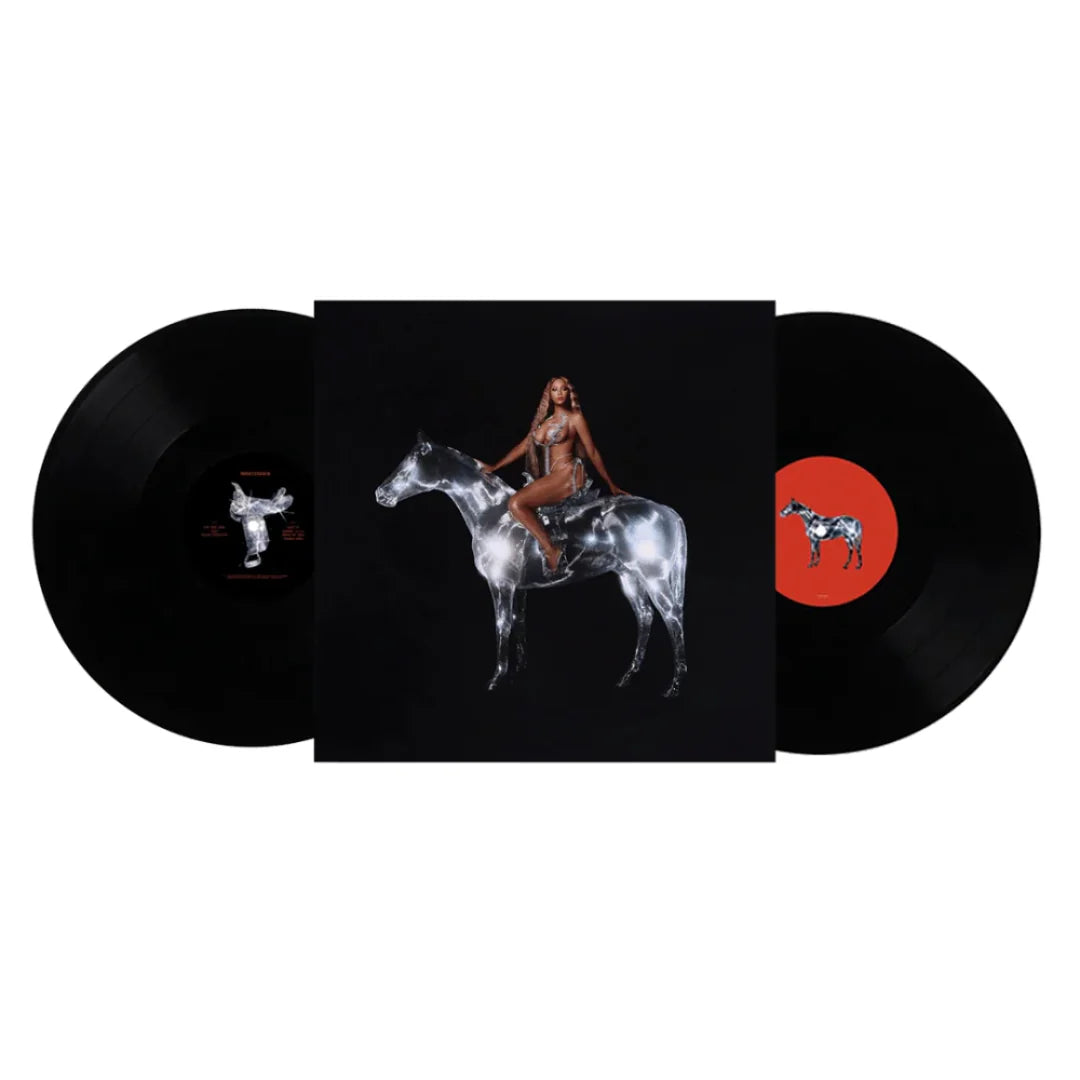
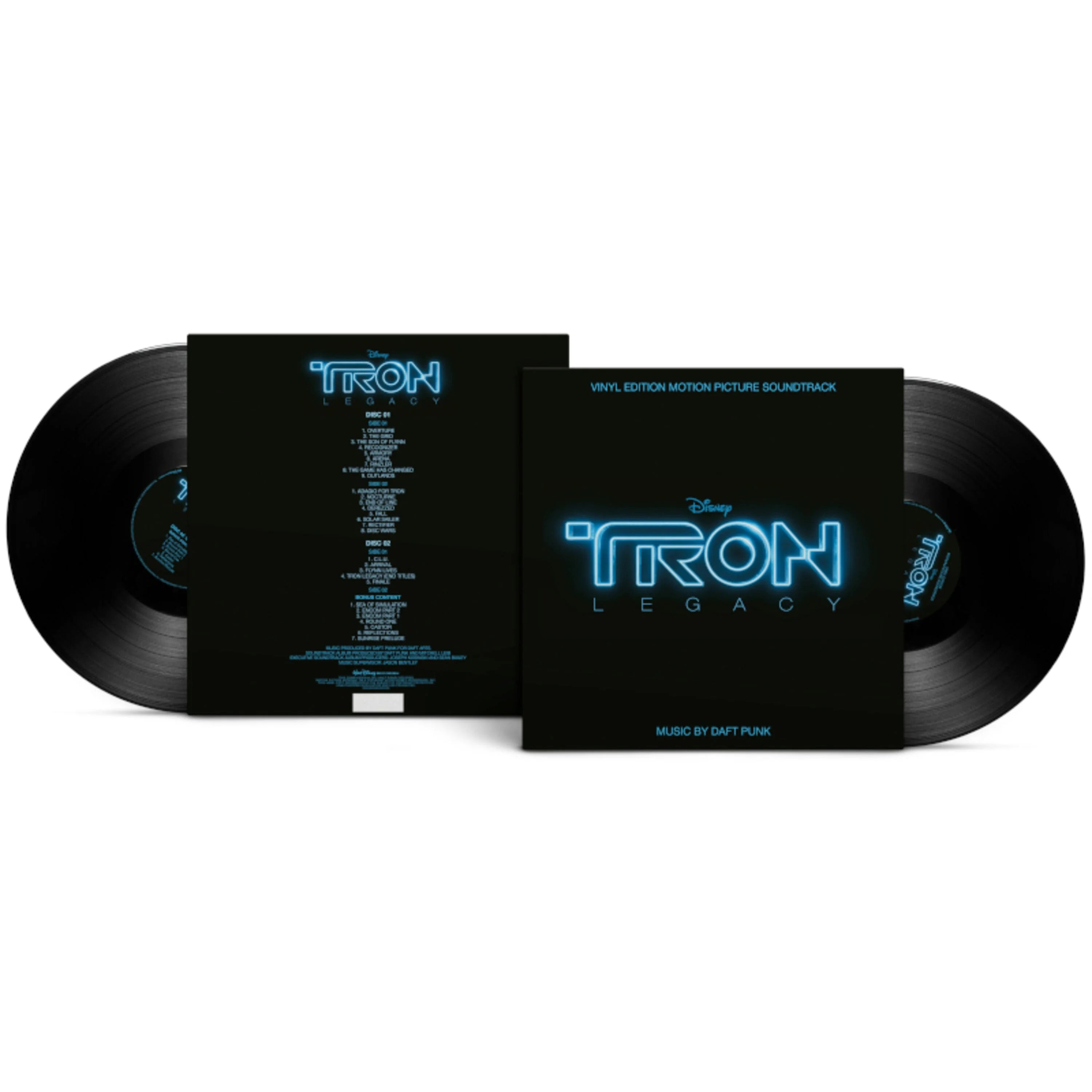
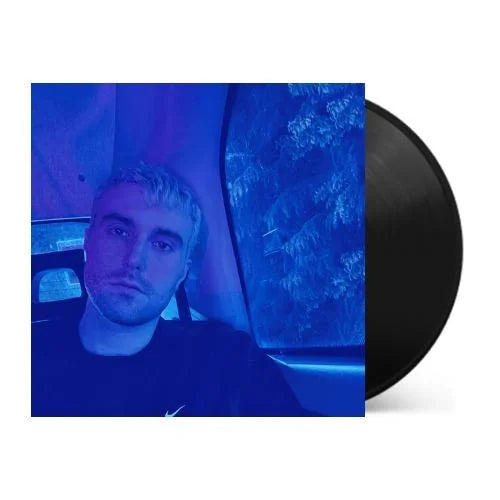
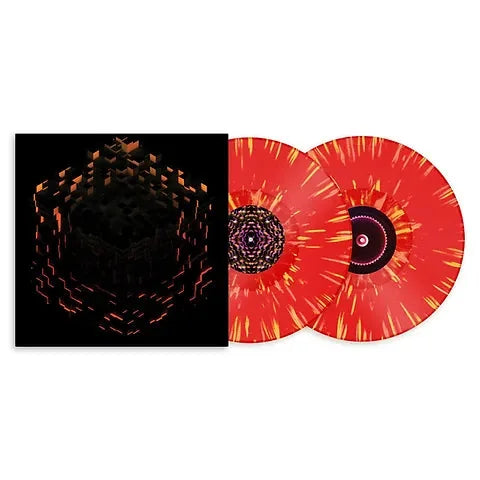
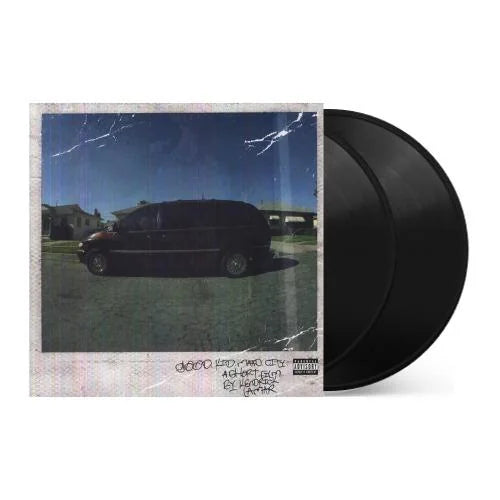
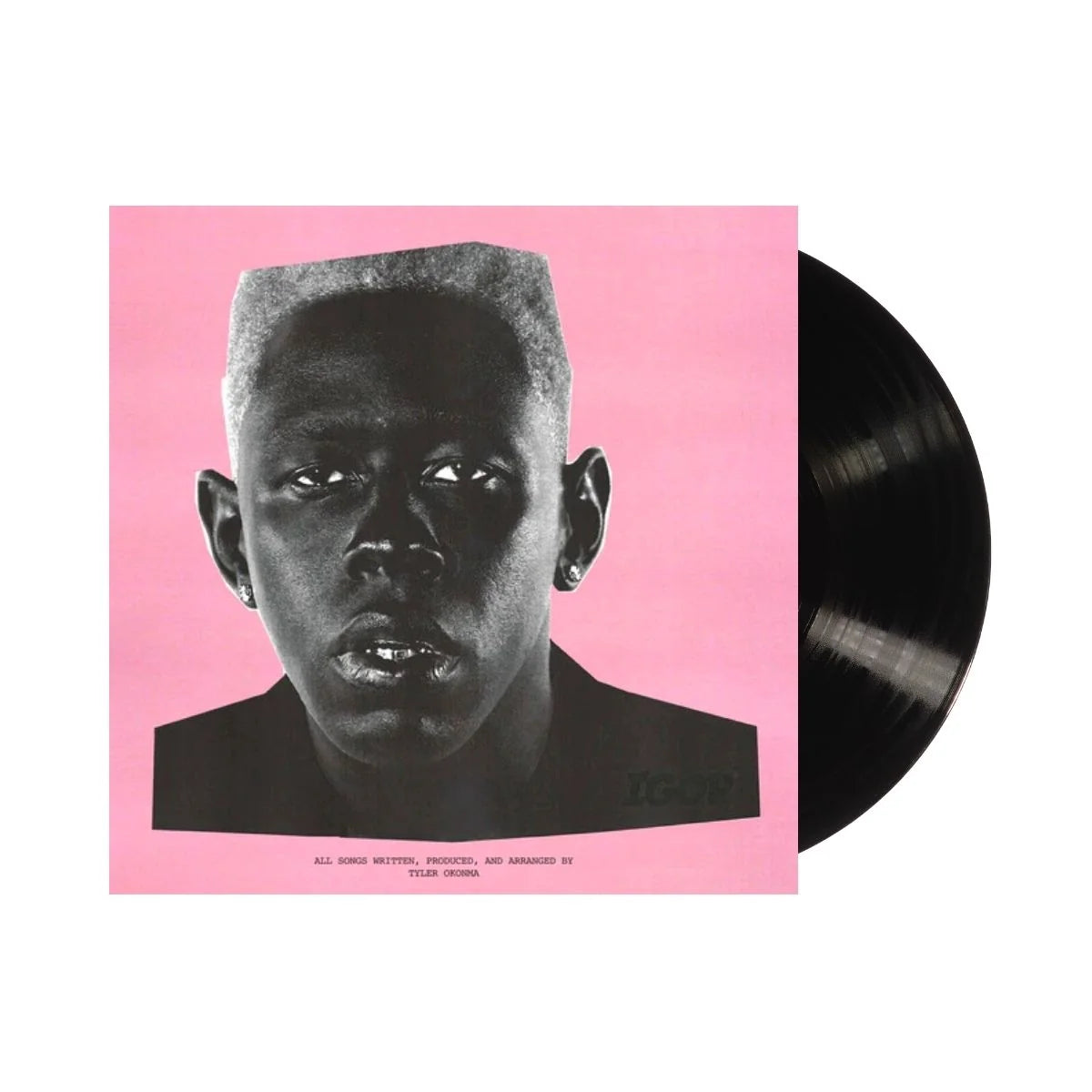
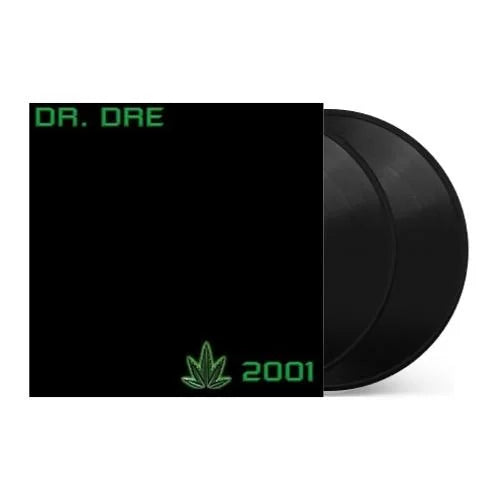
![Miles Davis - Kind of Blue [180-gram]](http://vinyl.com/cdn/shop/files/Y4LPMD03.webp?v=1742198237&width=5760)


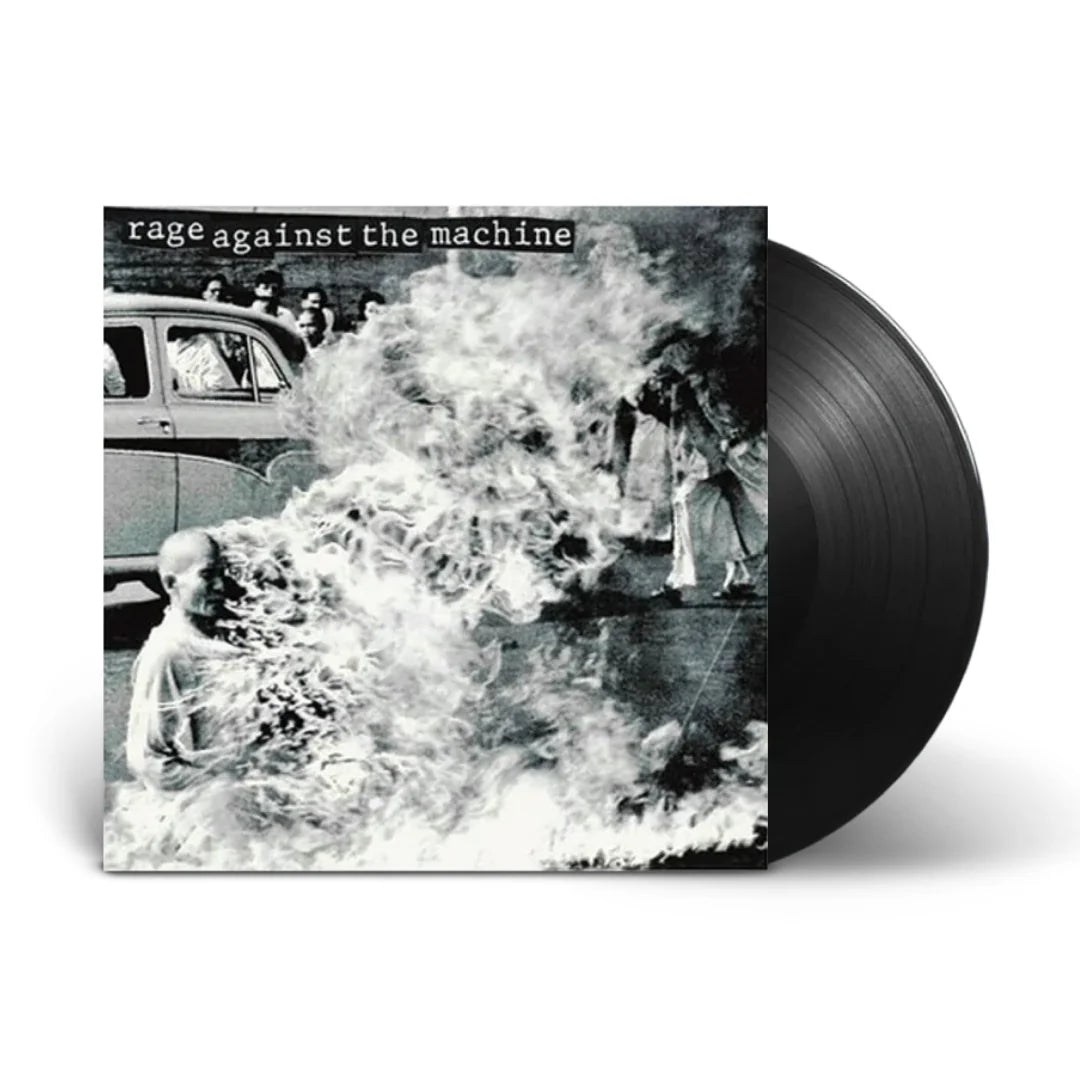
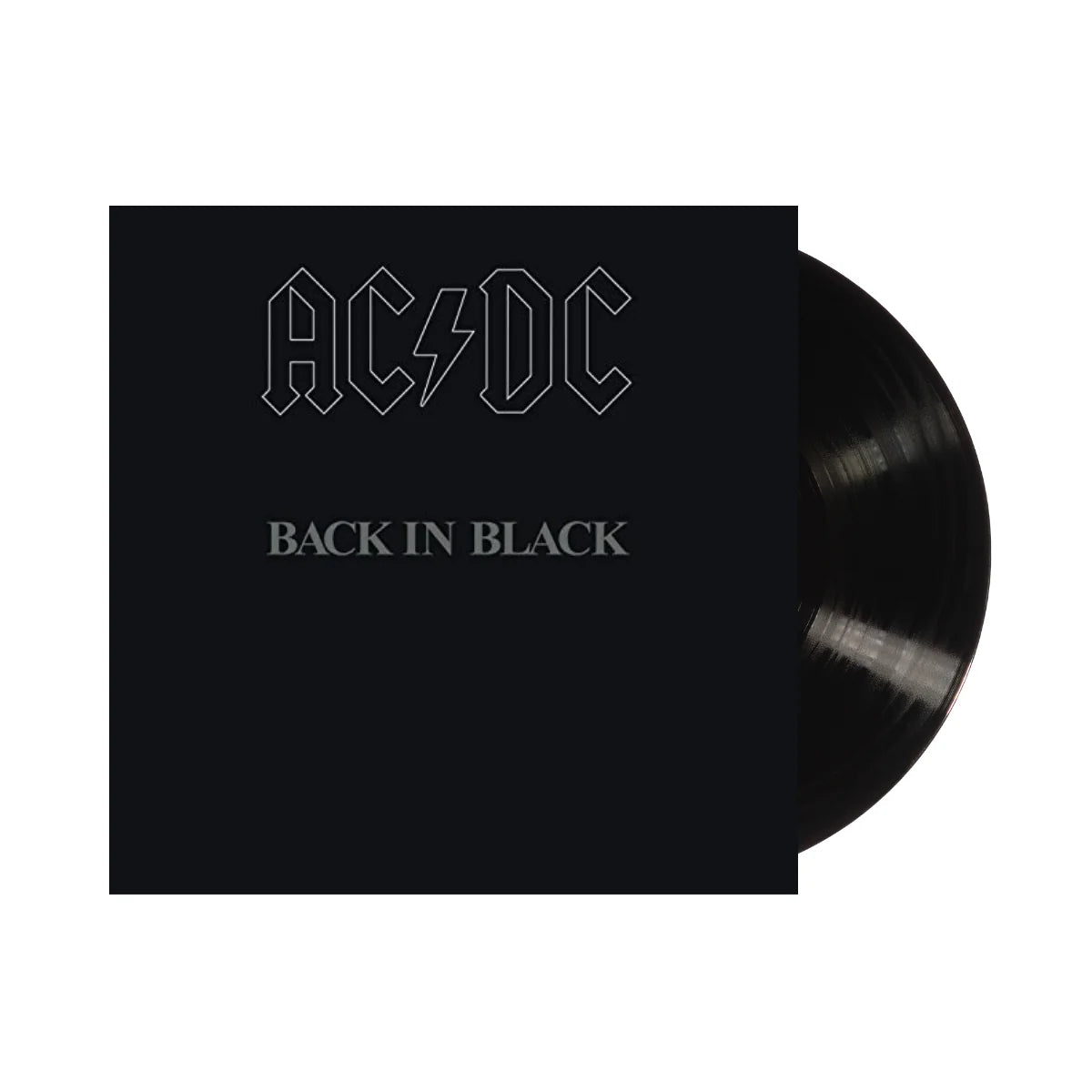
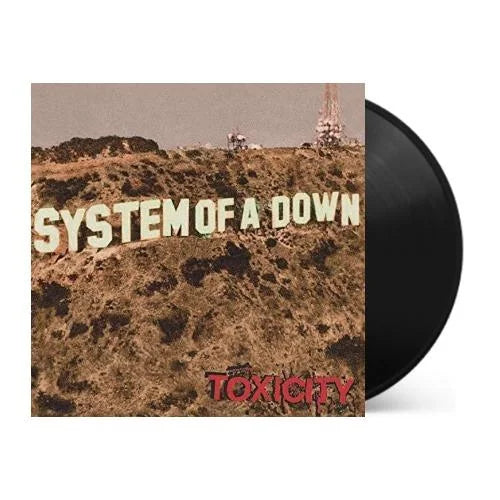
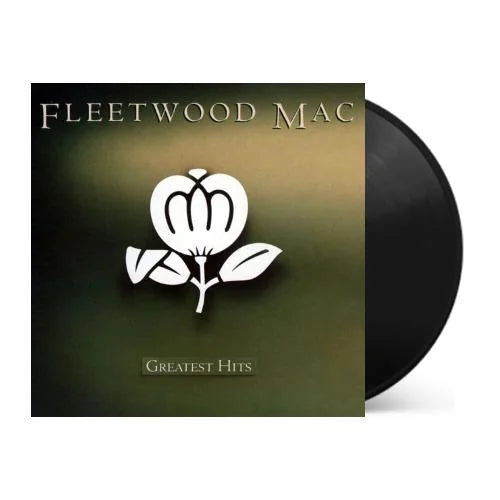
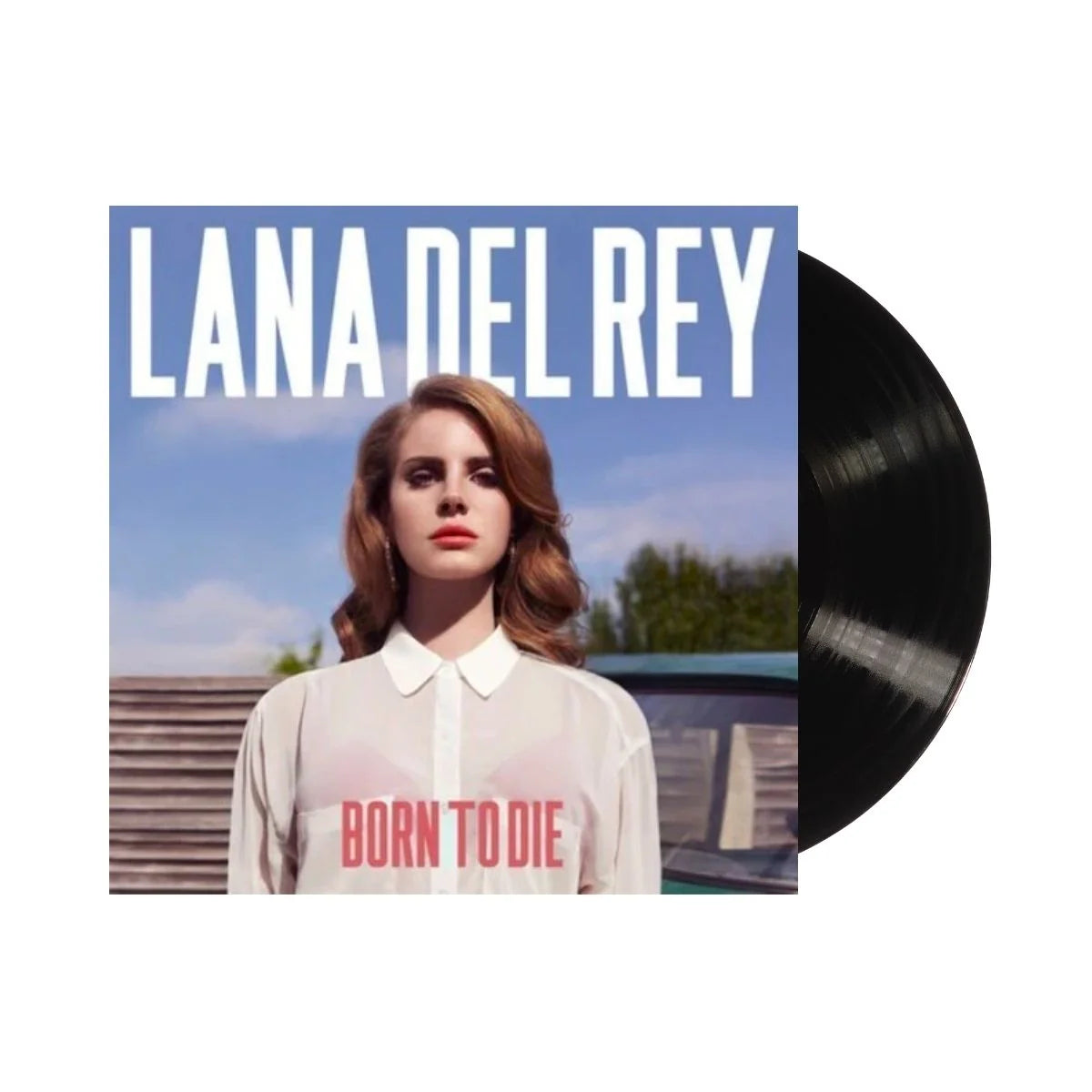
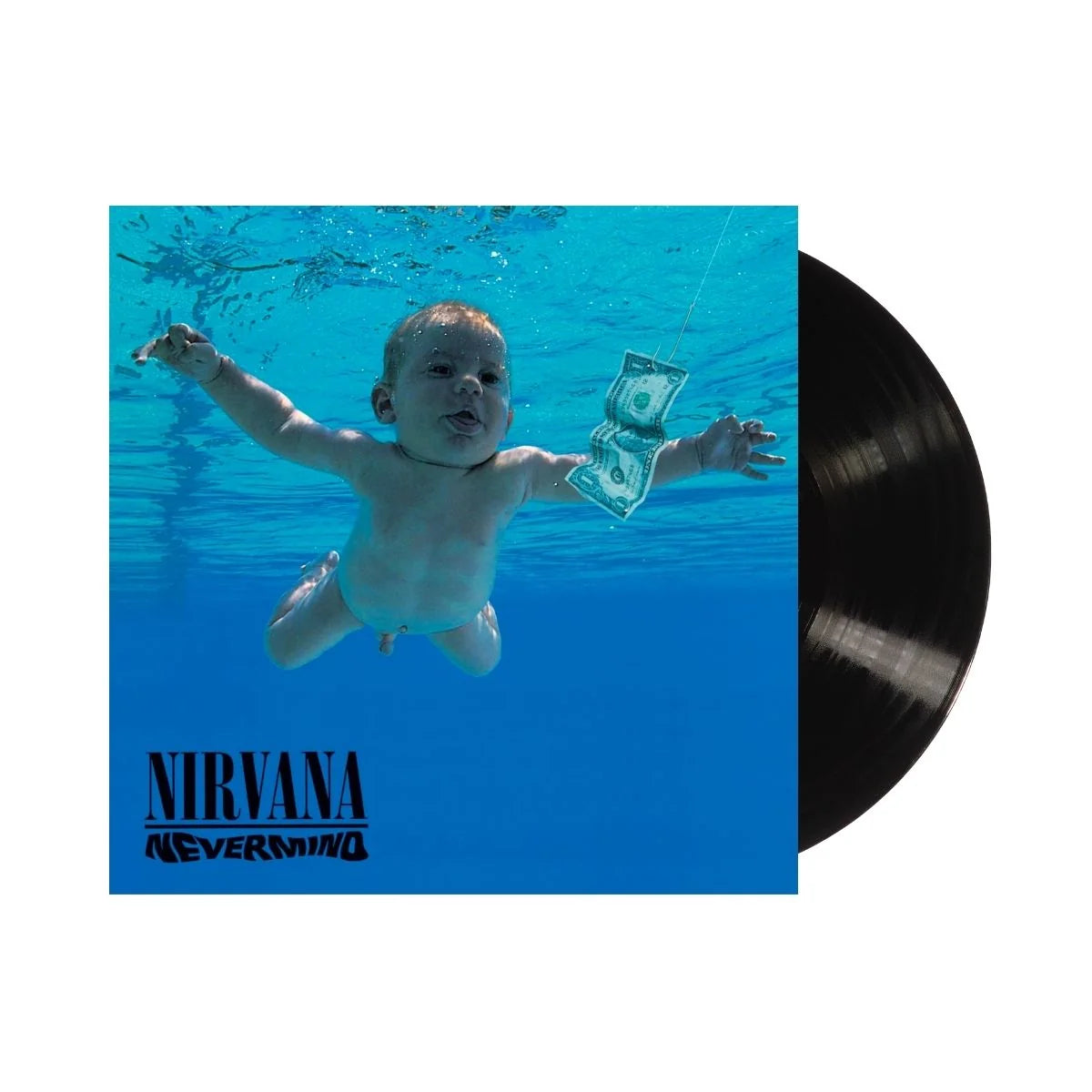
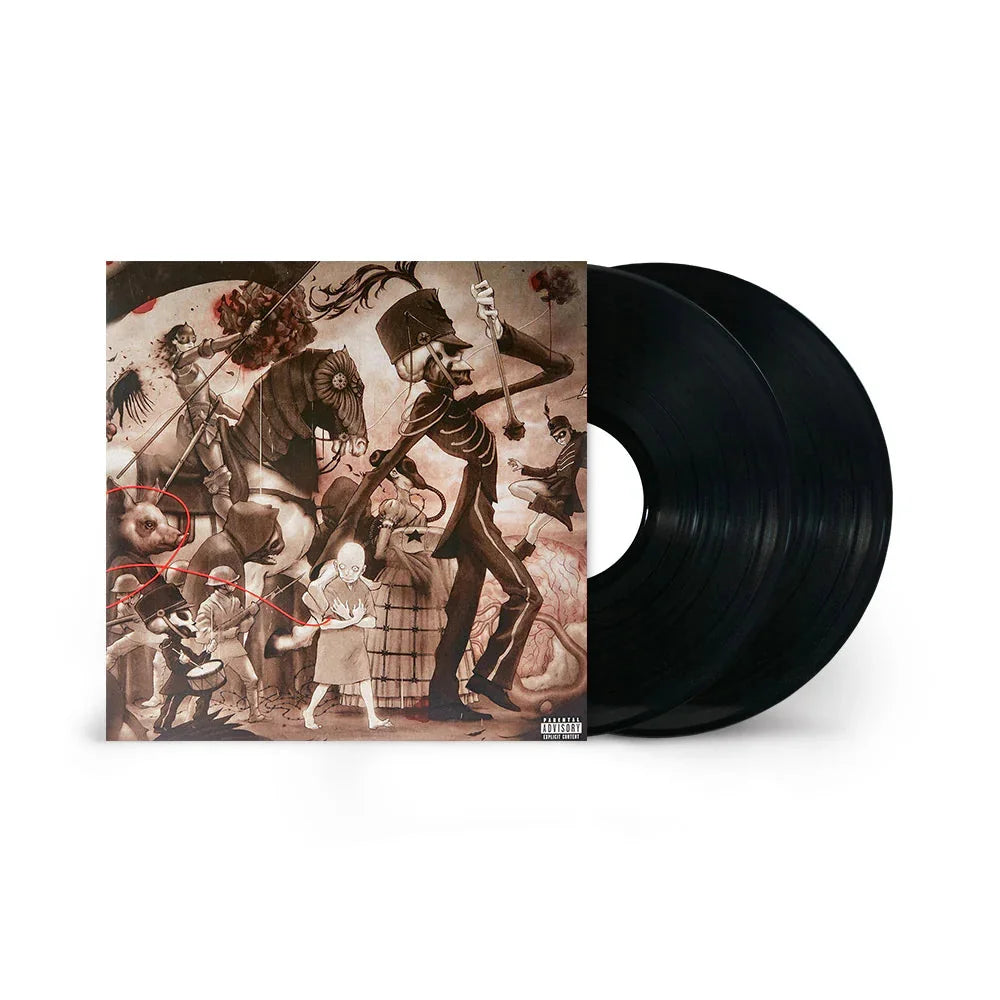
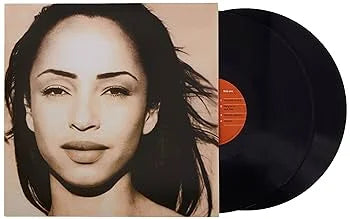
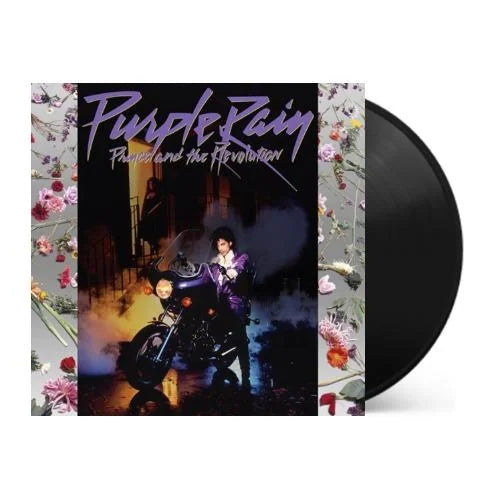
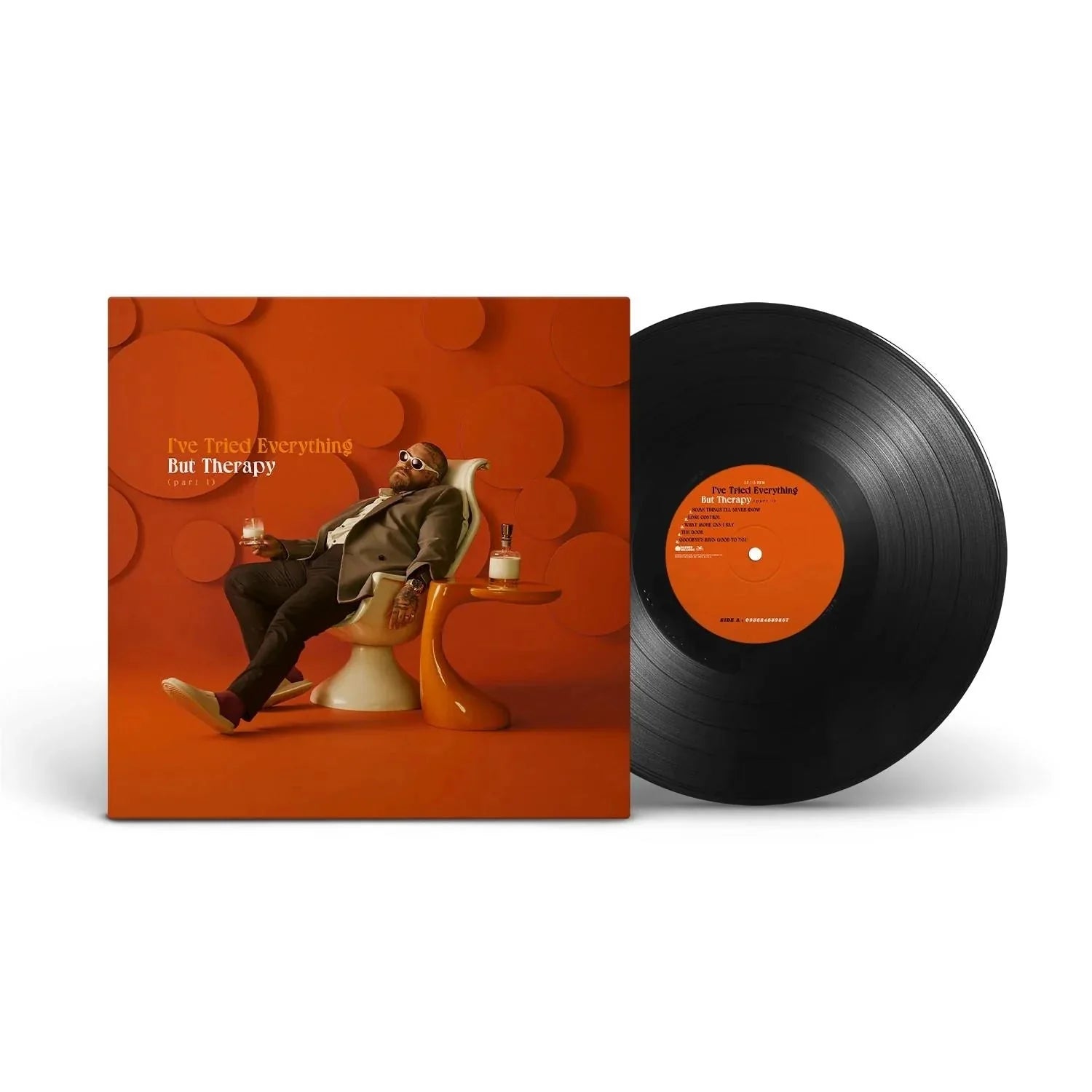

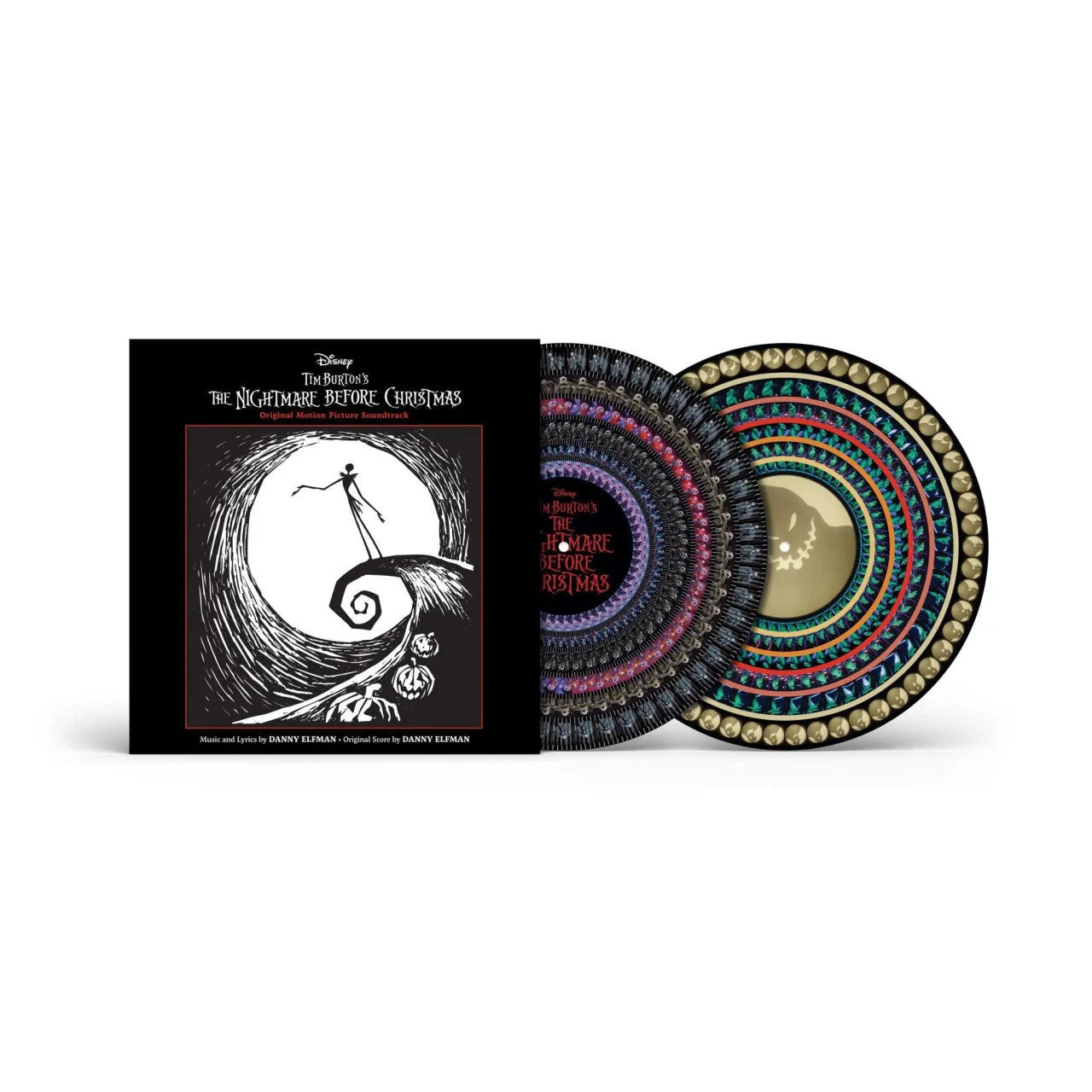
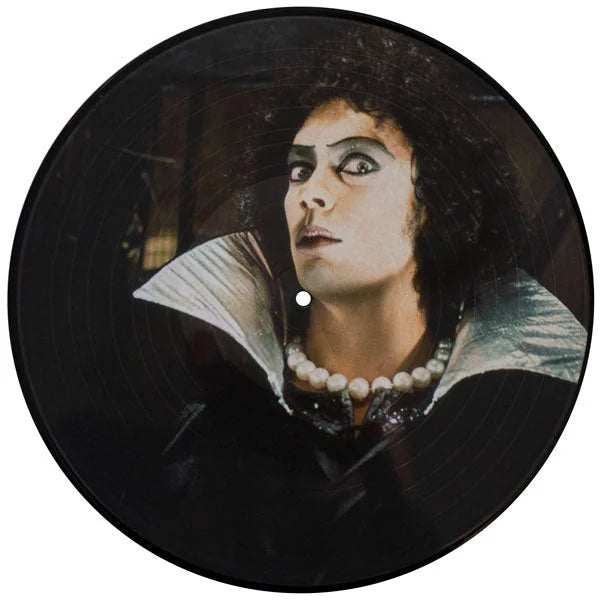
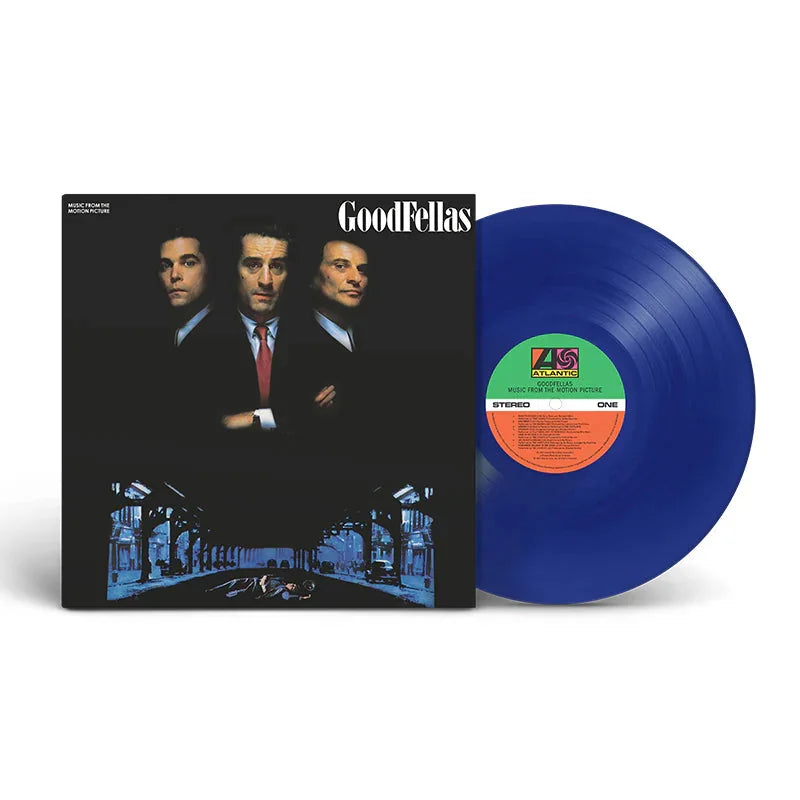
![Transformers: The Movie (Original Soundtrack) [Unicron Marbled 180-Gram]](http://vinyl.com/cdn/shop/files/4417308-3378319.jpg?v=1745982250&width=5760)









